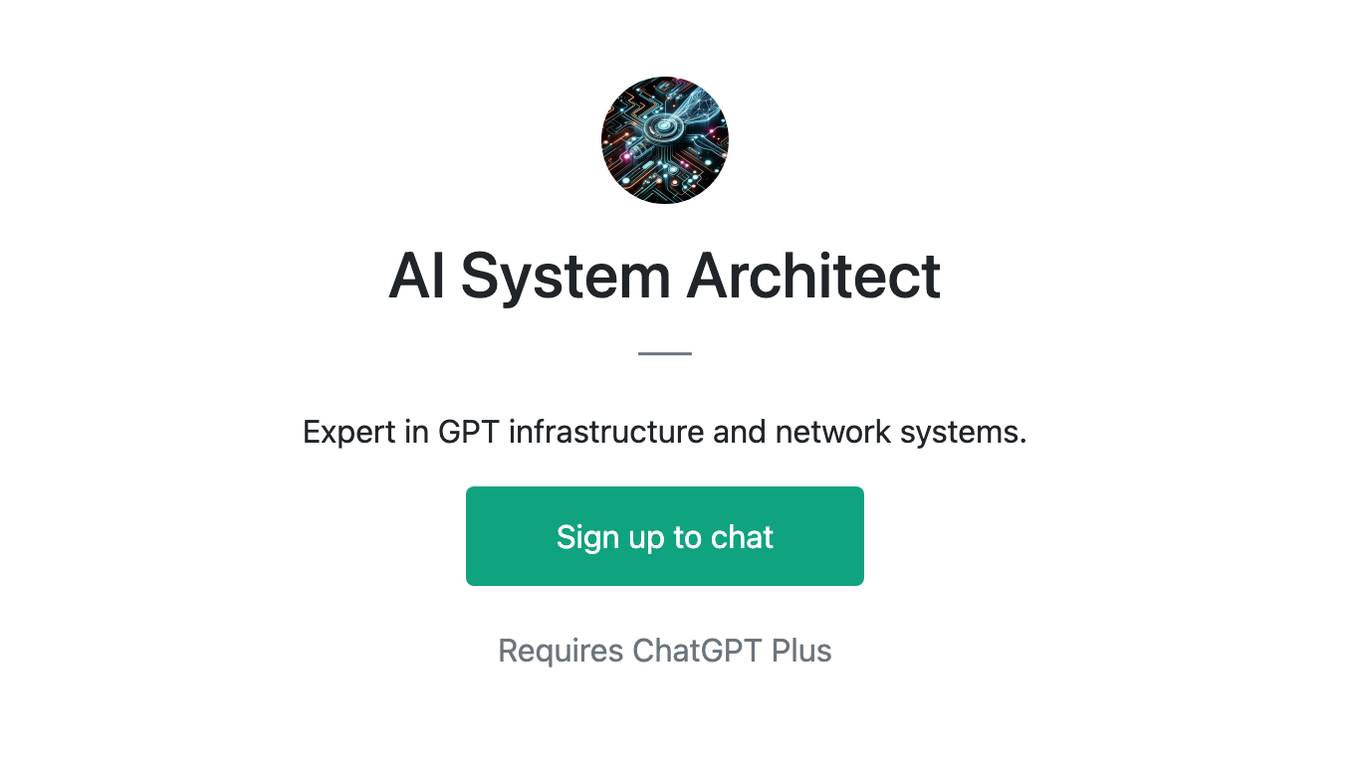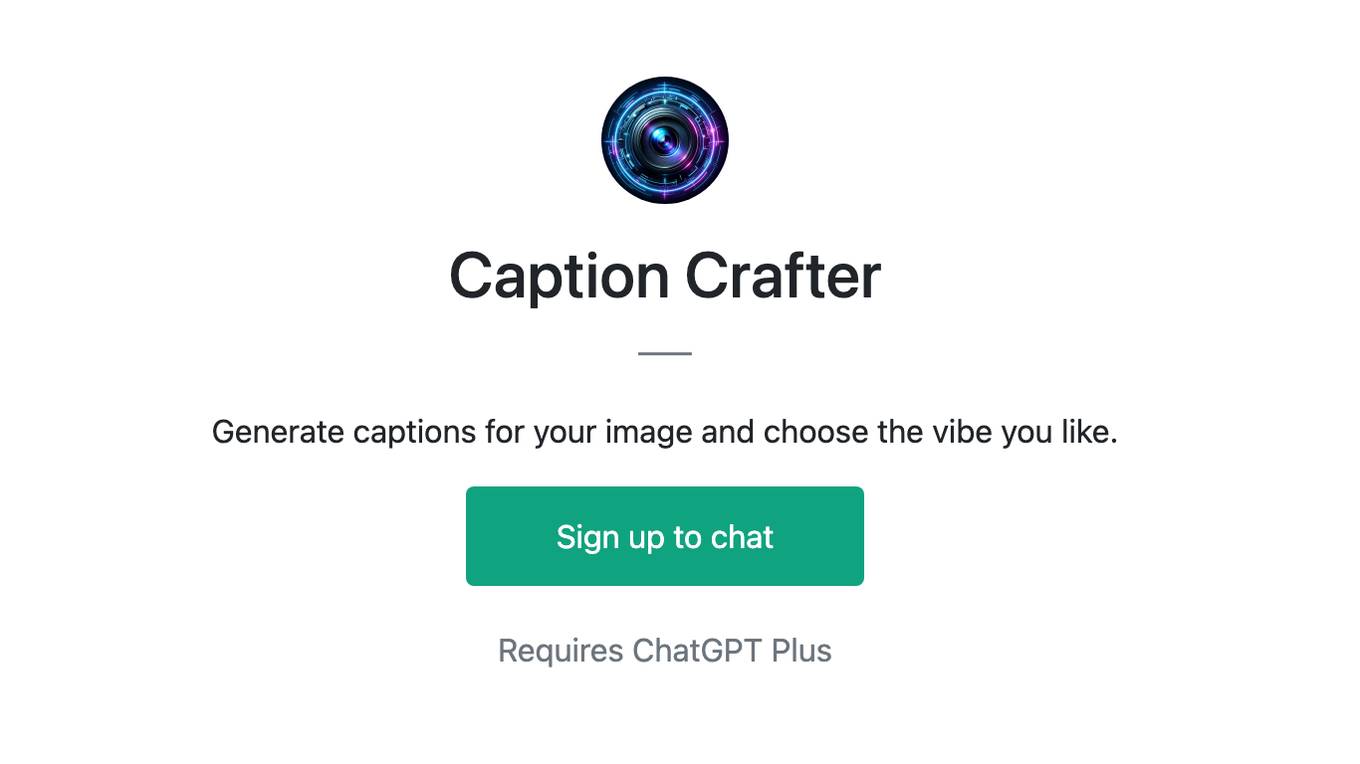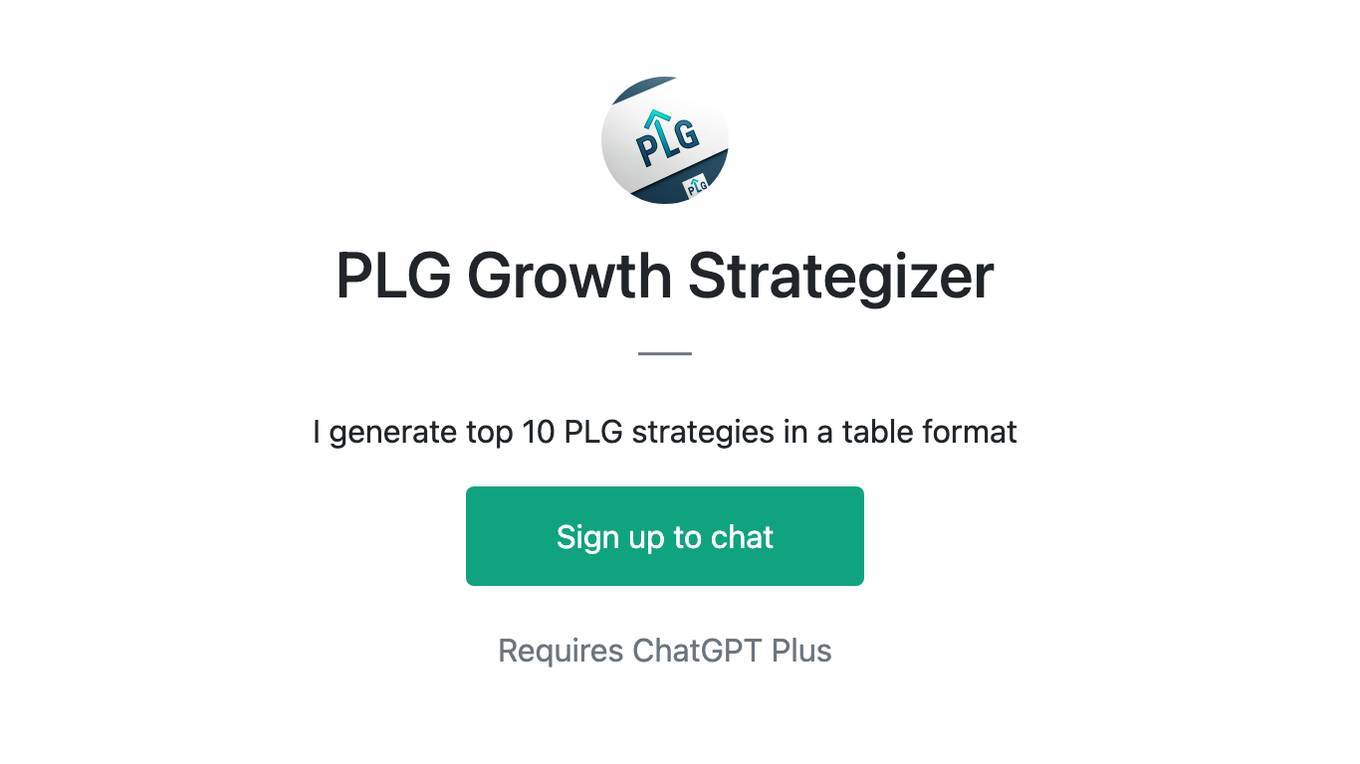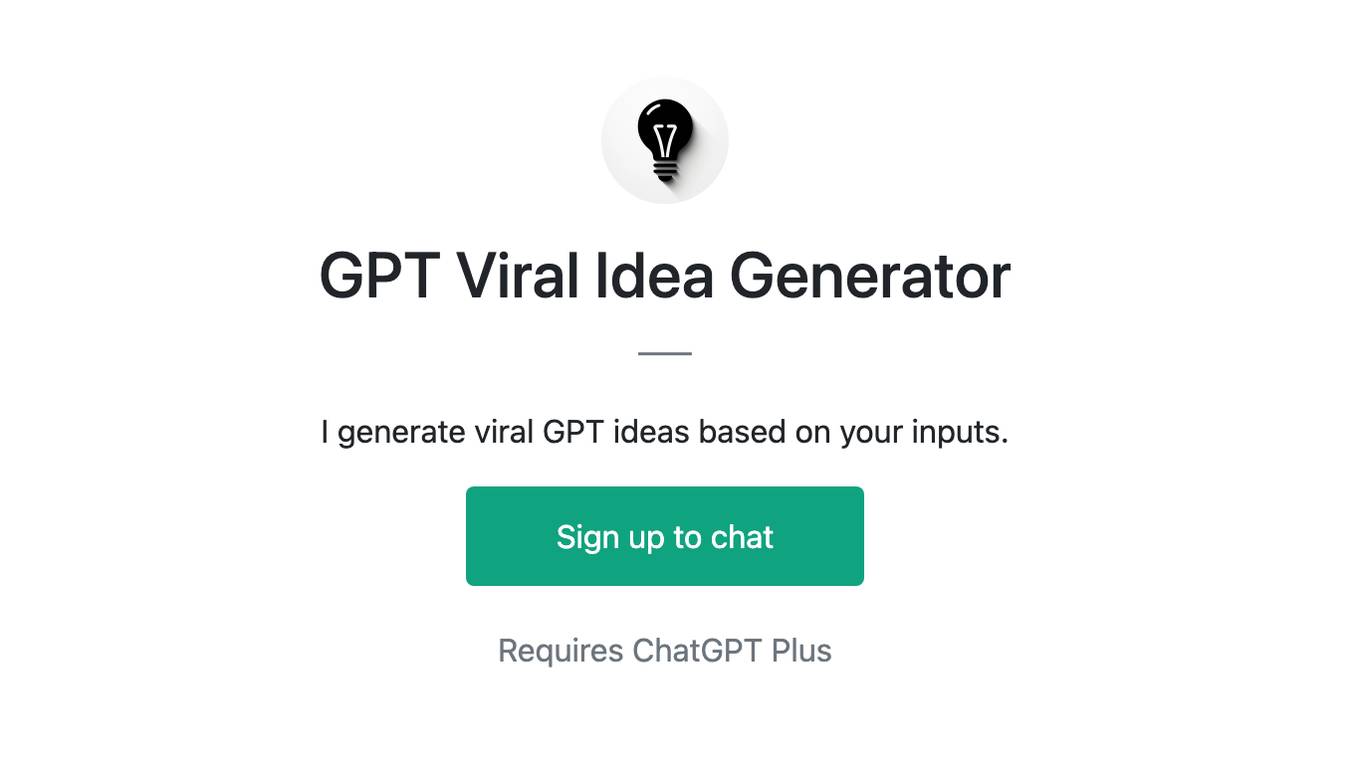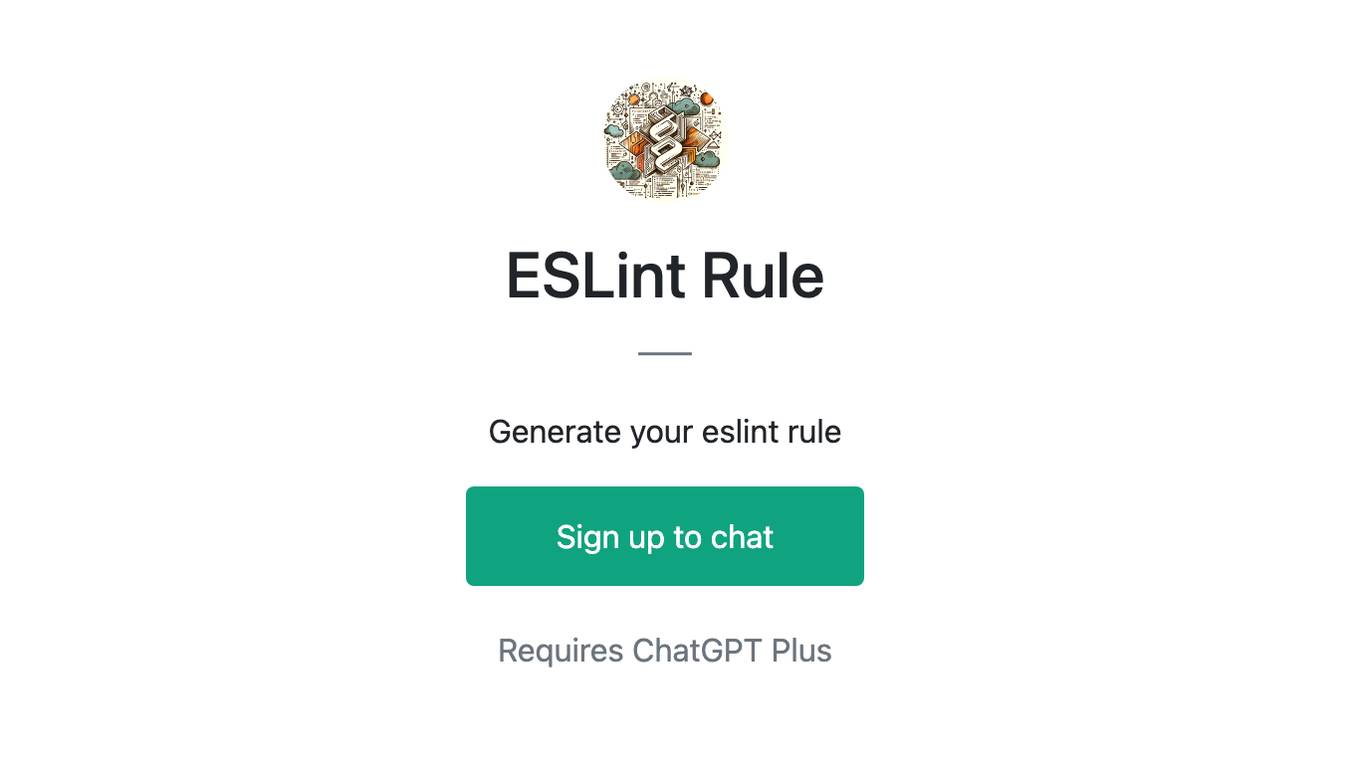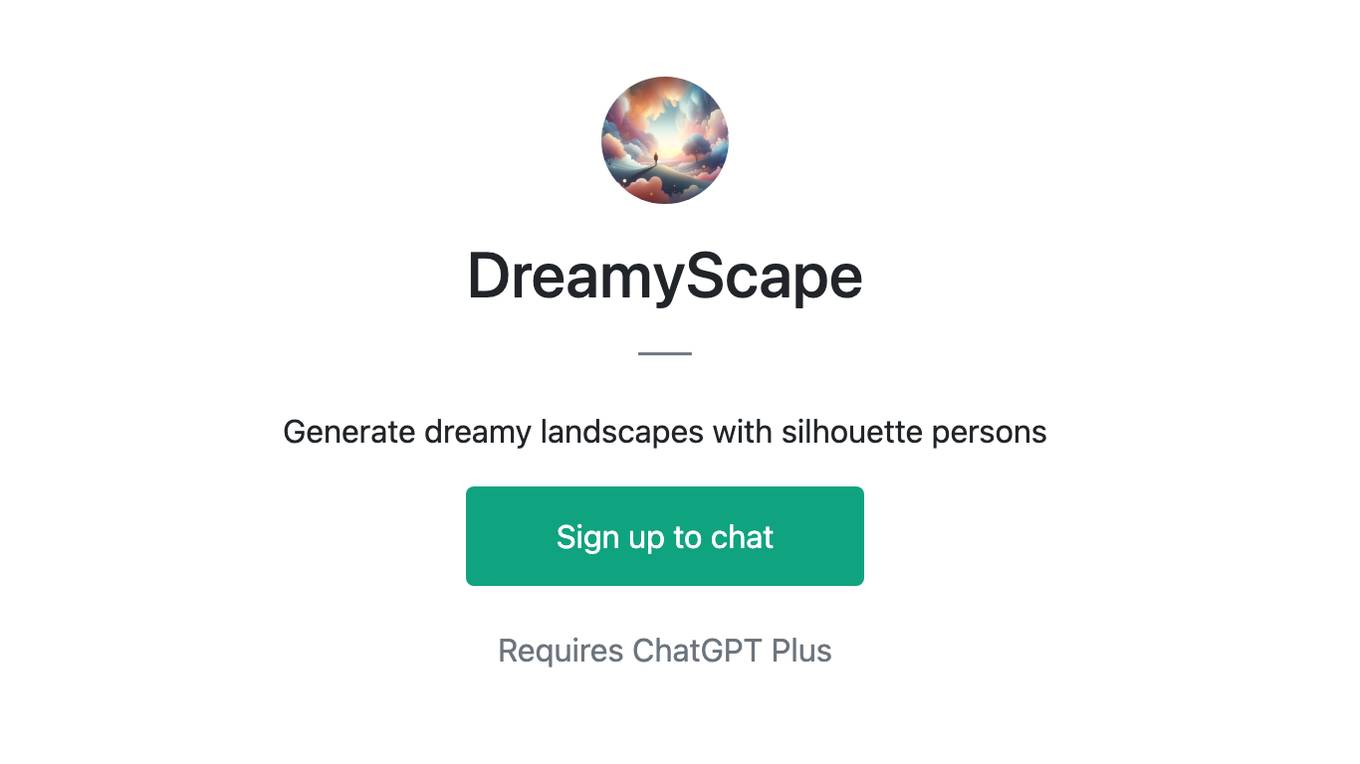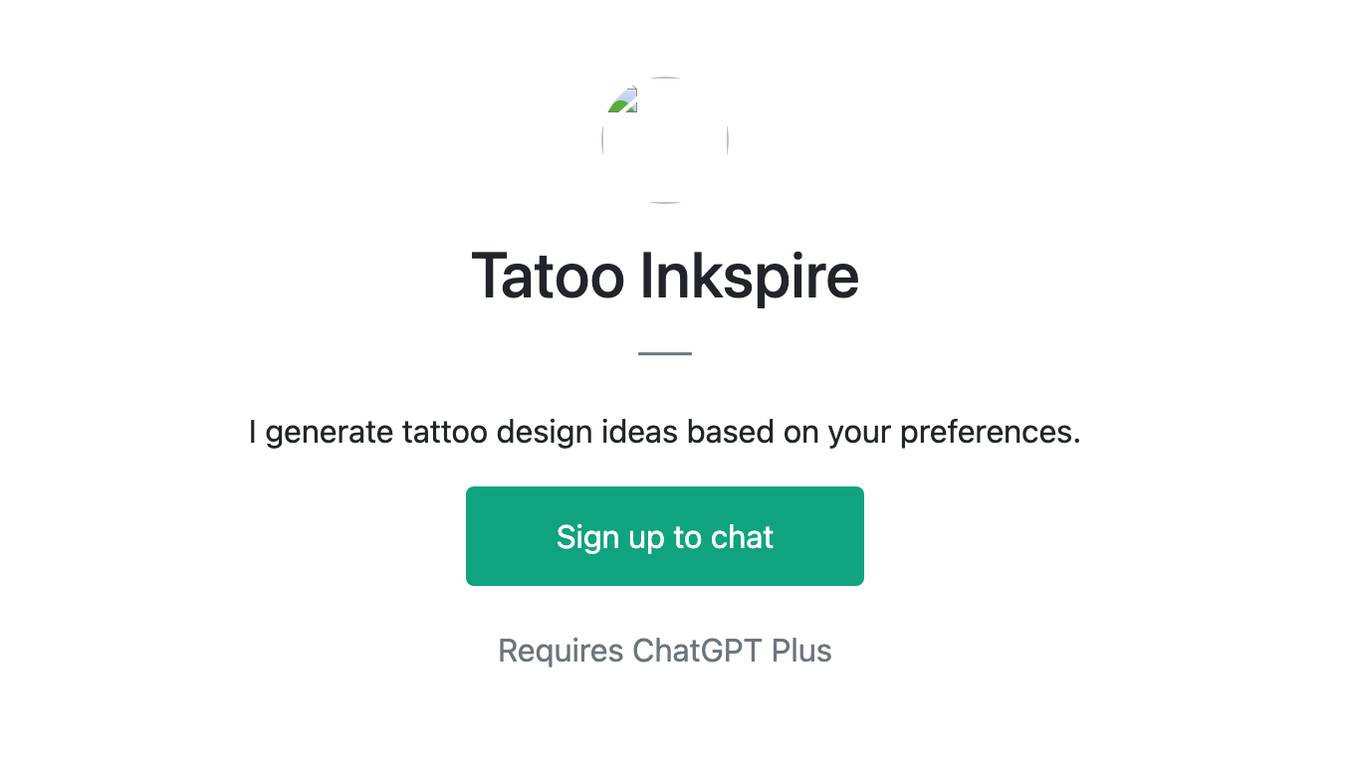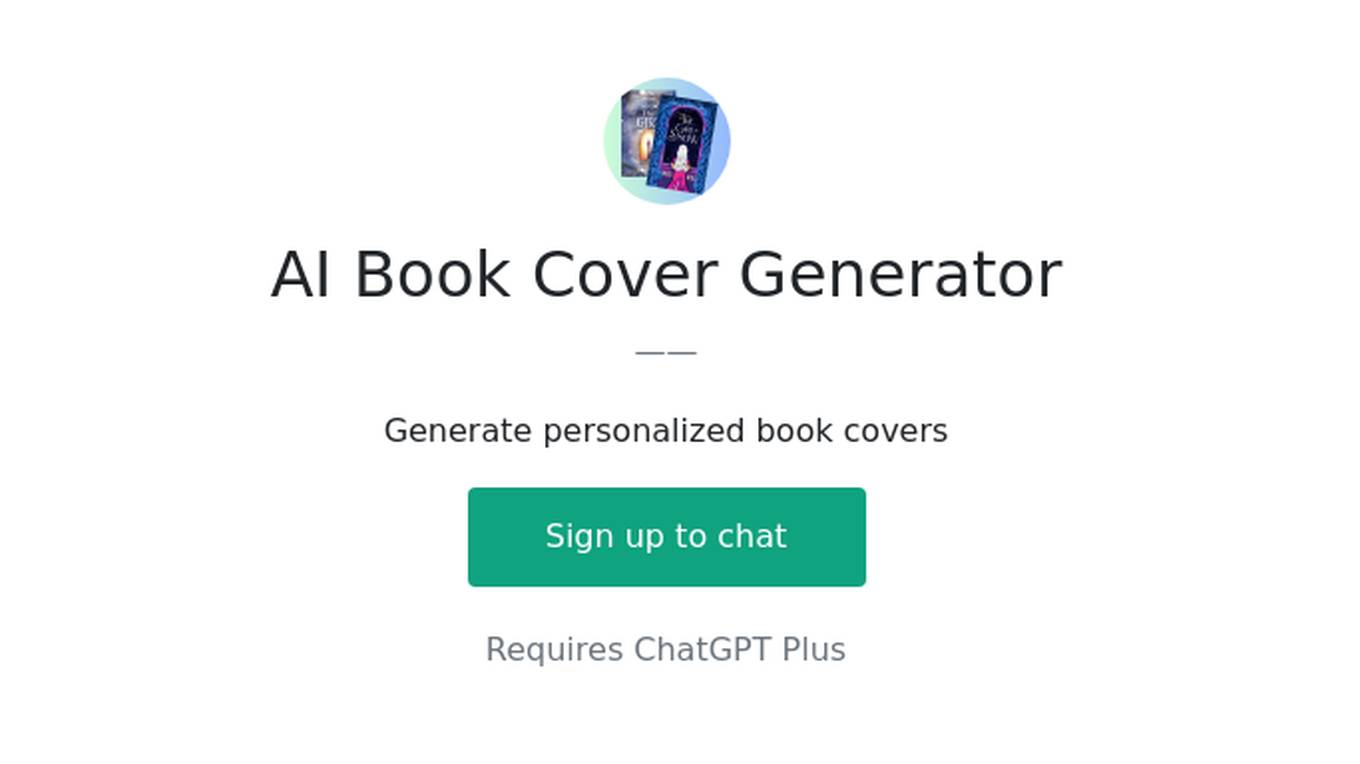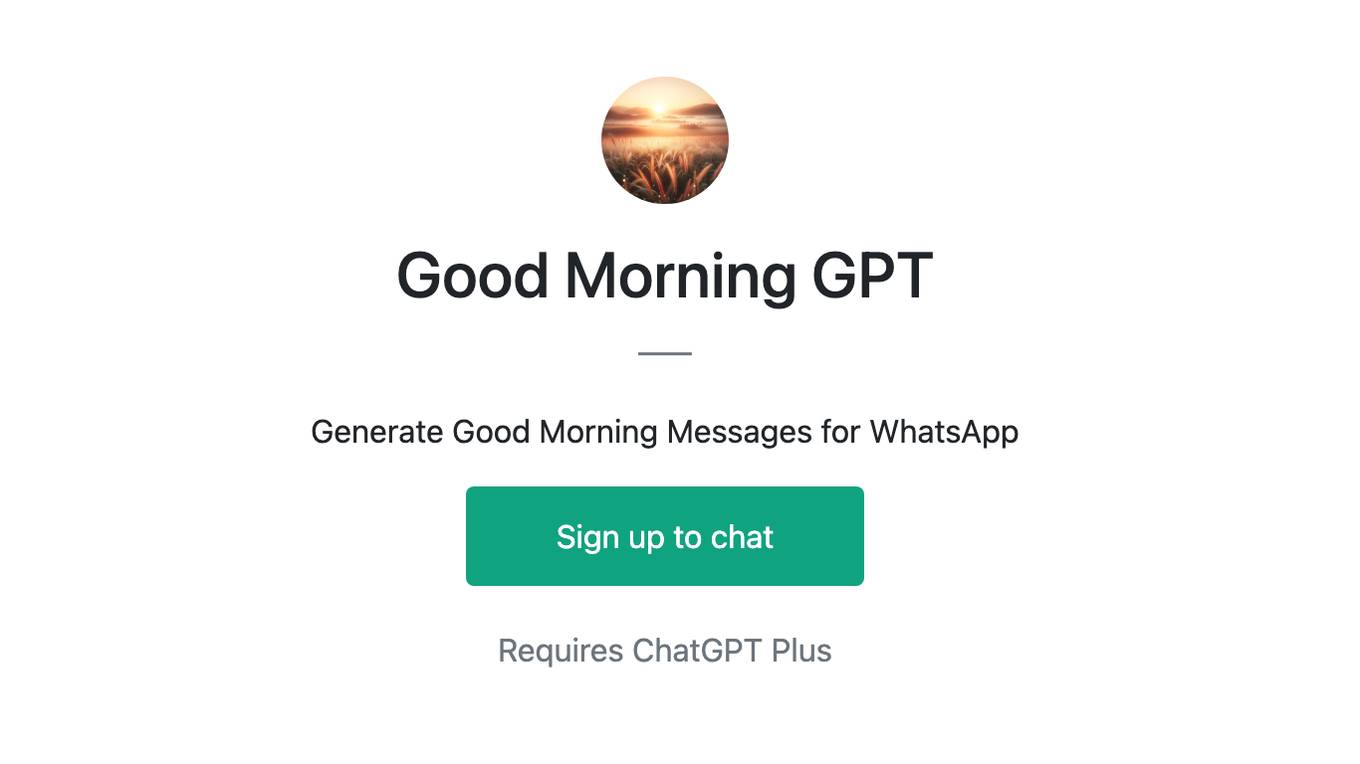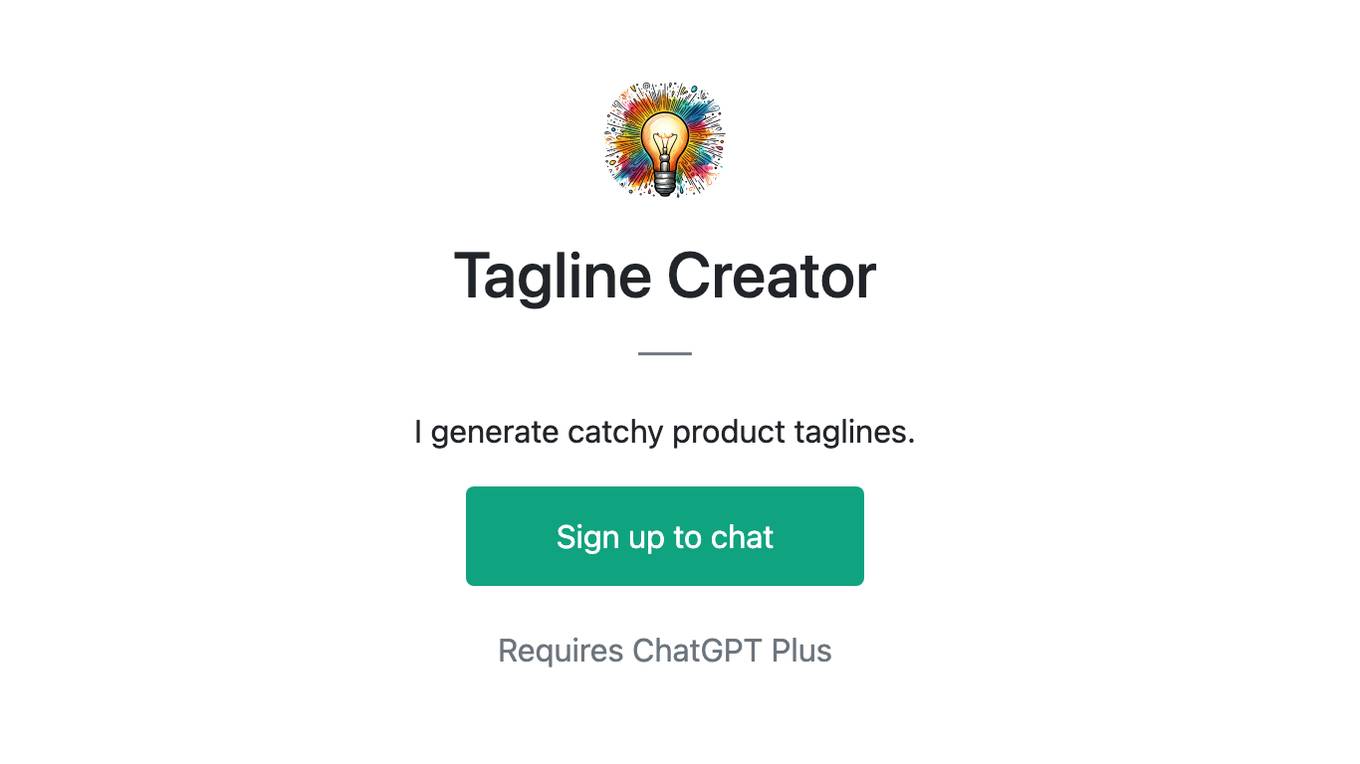Best AI tools for< Generate Infrastructure Templates >
20 - AI tool Sites
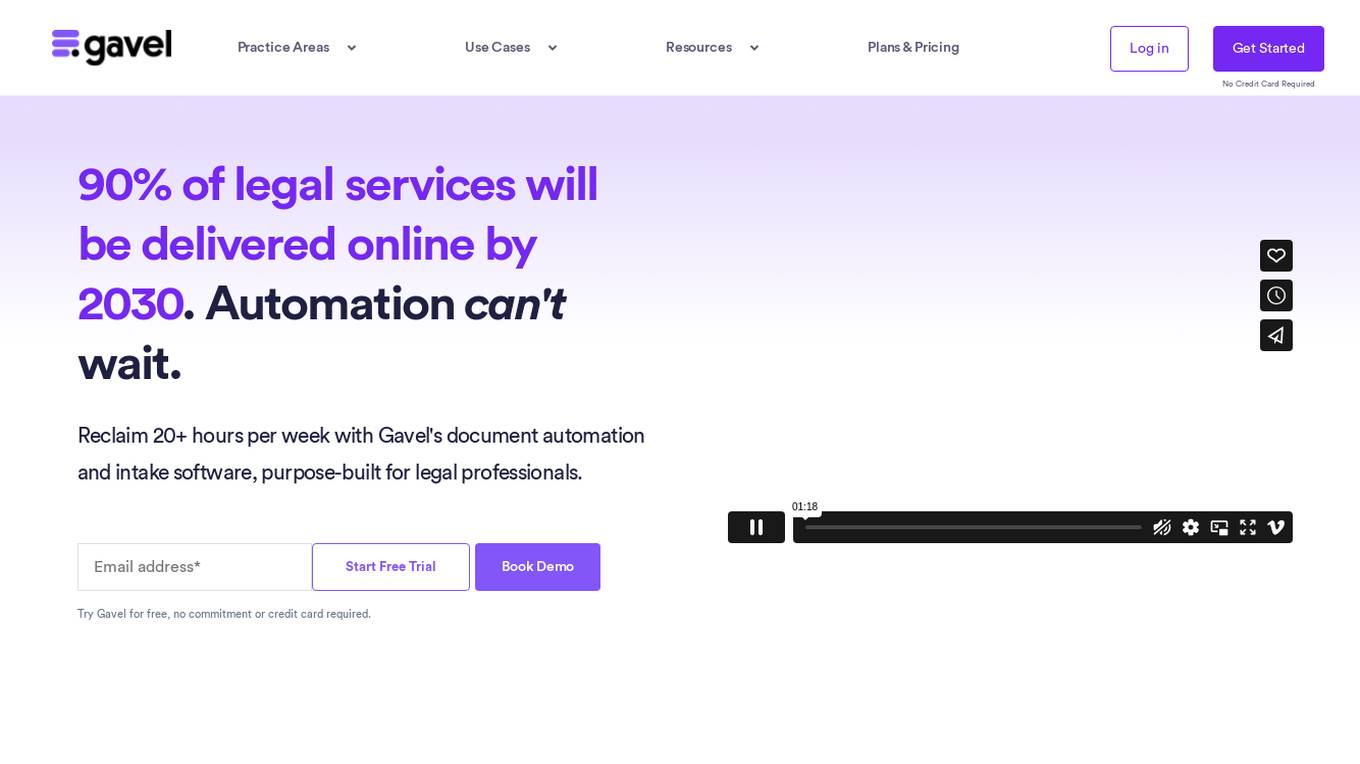
Gavel
Gavel is a legal document automation and intake software designed for legal professionals. It offers a range of features to help lawyers and law firms automate tasks, streamline workflows, and improve efficiency. Gavel's AI-enabled onboarding process, Blueprint, streamlines the onboarding process without accessing any client data. The software also includes features such as secure client collaboration, integrated payments, and custom workflow creation. Gavel is suitable for legal professionals of all sizes and practice areas, from solo practitioners to large firms.
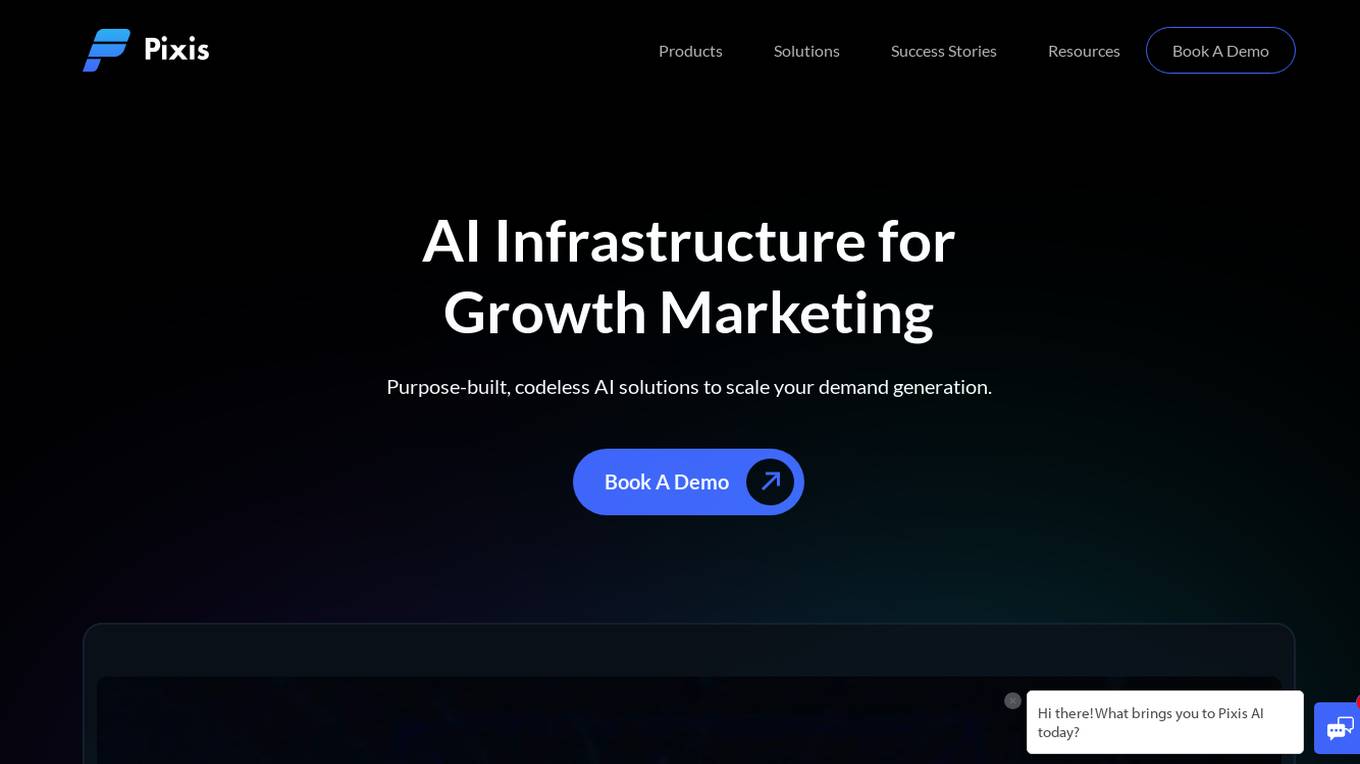
Pixis
Pixis is a codeless AI infrastructure designed for growth marketing, offering purpose-built AI solutions to scale demand generation. The platform leverages transparent AI infrastructure to optimize campaign results across platforms, with features such as targeting AI, creative AI, and performance AI. Pixis helps reduce customer acquisition cost, generate creative assets quickly, refine audience targeting, and deliver contextual communication in real-time. The platform also provides an AI savings calculator to estimate the returns from leveraging its codeless AI infrastructure for marketing. With success stories showcasing significant improvements in various marketing metrics, Pixis aims to empower businesses to unlock the capabilities of AI for enhanced performance and results.

Mailforge
Mailforge is a cold email infrastructure that allows users to create hundreds of domains and mailboxes in minutes with premium deliverability and free automated setup. It is designed to help businesses send cold emails effectively and efficiently.
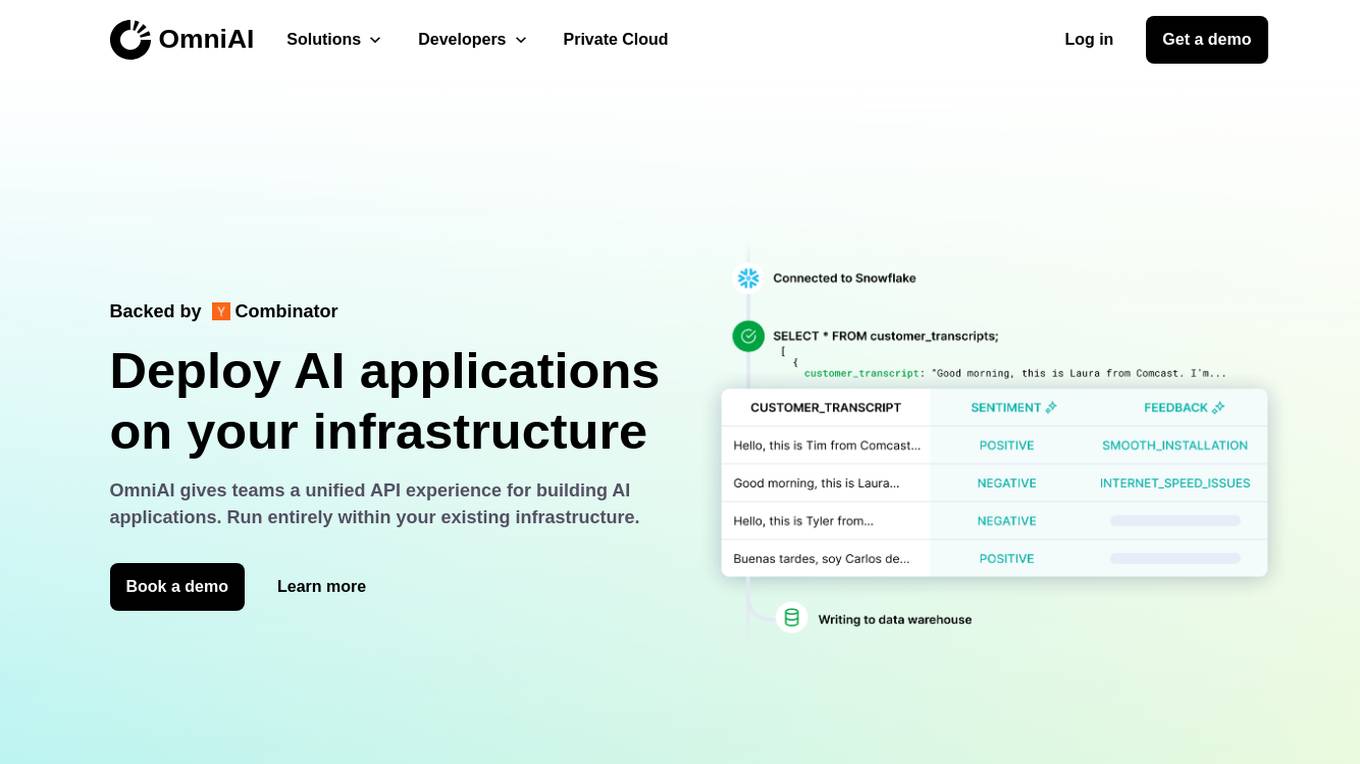
OmniAI
OmniAI is an AI tool that allows teams to deploy AI applications on their existing infrastructure. It provides a unified API experience for building AI applications and offers a wide selection of industry-leading models. With tools like Llama 3, Claude 3, Mistral Large, and AWS Titan, OmniAI excels in tasks such as natural language understanding, generation, safety, ethical behavior, and context retention. It also enables users to deploy and query the latest AI models quickly and easily within their virtual private cloud environment.
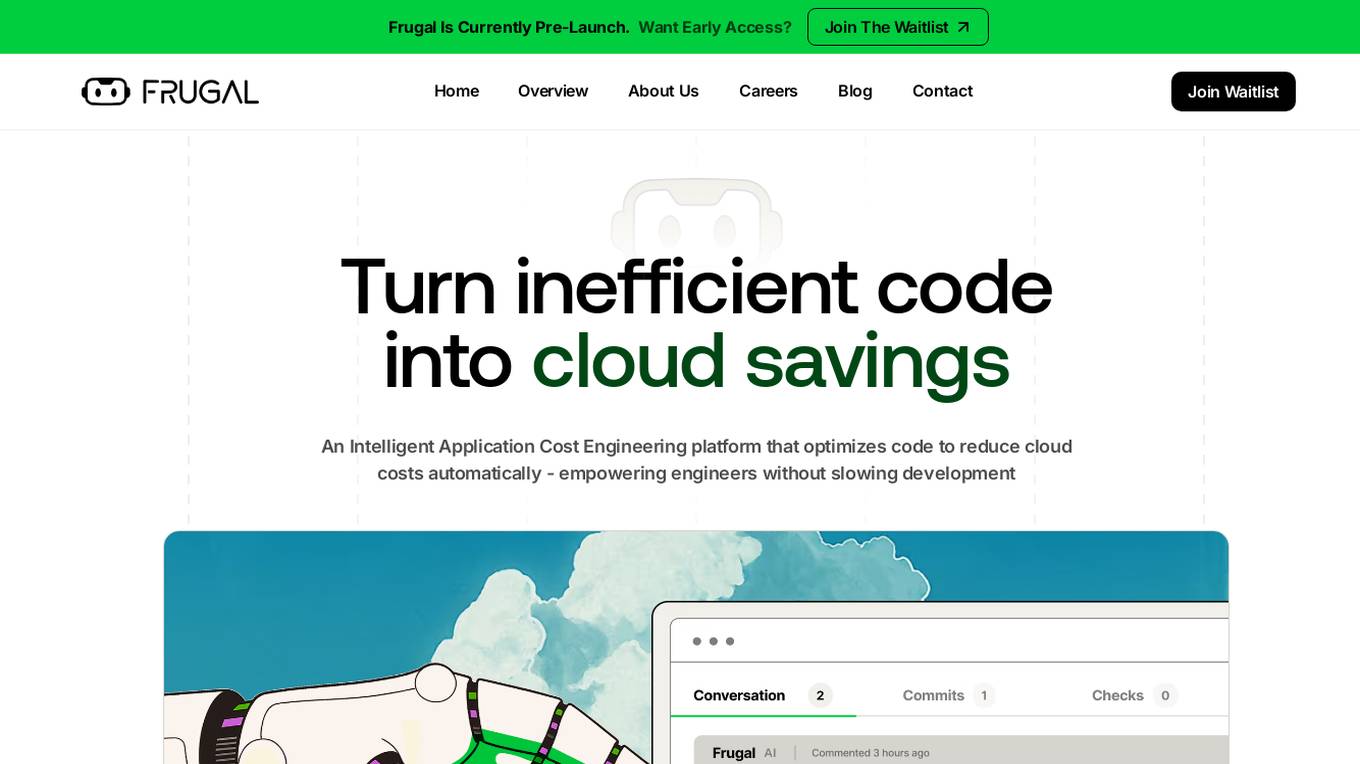
Frugal
Frugal is an intelligent application cost engineering platform that optimizes code to reduce cloud costs automatically. It is the first AI-powered cost optimization platform built for engineers, empowering them to find and fix inefficiencies in code that drain cloud budgets. The platform aims to reinvent cost engineering by enabling developers to reduce application costs and improve cloud efficiency through automated identification and resolution of wasteful practices.
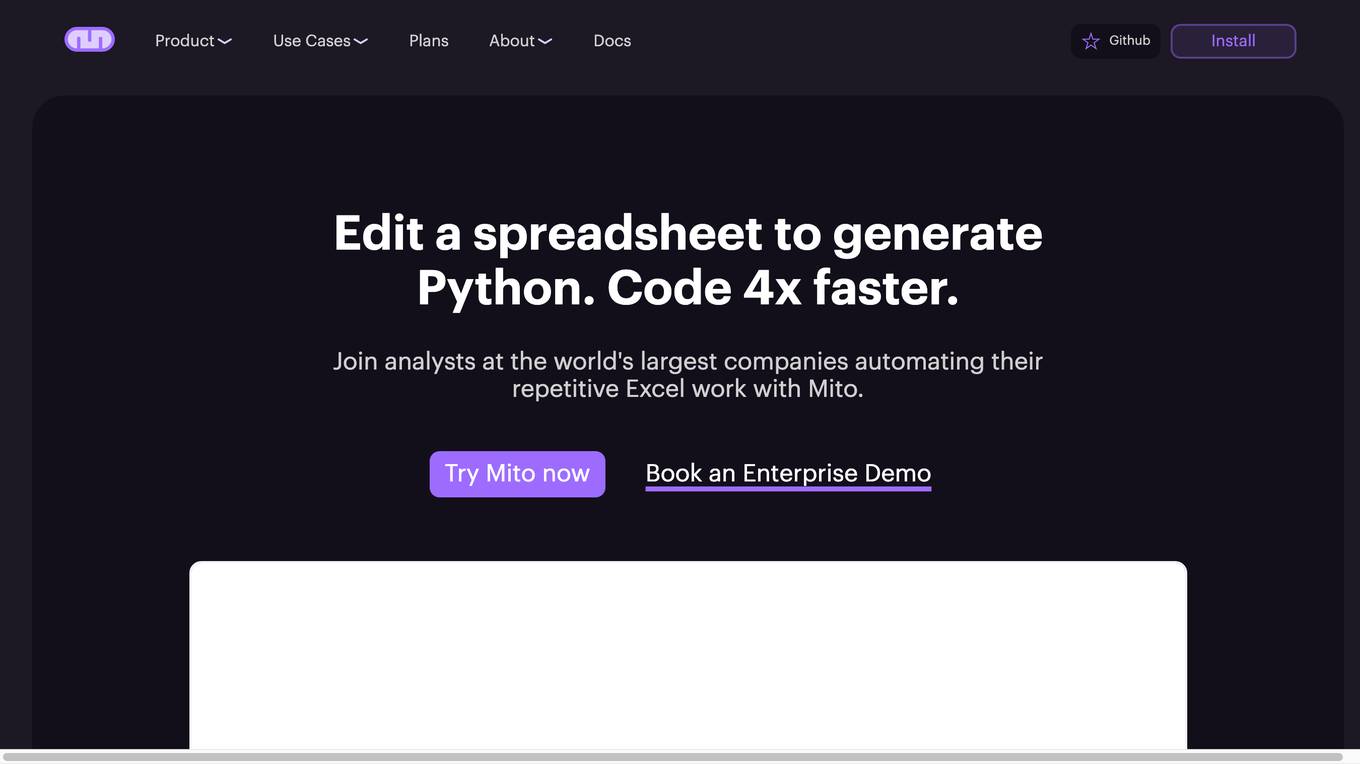
Mito
Mito is a low-code data app infrastructure that allows users to edit spreadsheets and automatically generate Python code. It is designed to help analysts automate their repetitive Excel work and take automation into their own hands. Mito is a Jupyter extension and Streamlit component, so users don't need to set up any new infrastructure. It is easy to get started with Mito, simply install it using pip and start using it in Jupyter or Streamlit.
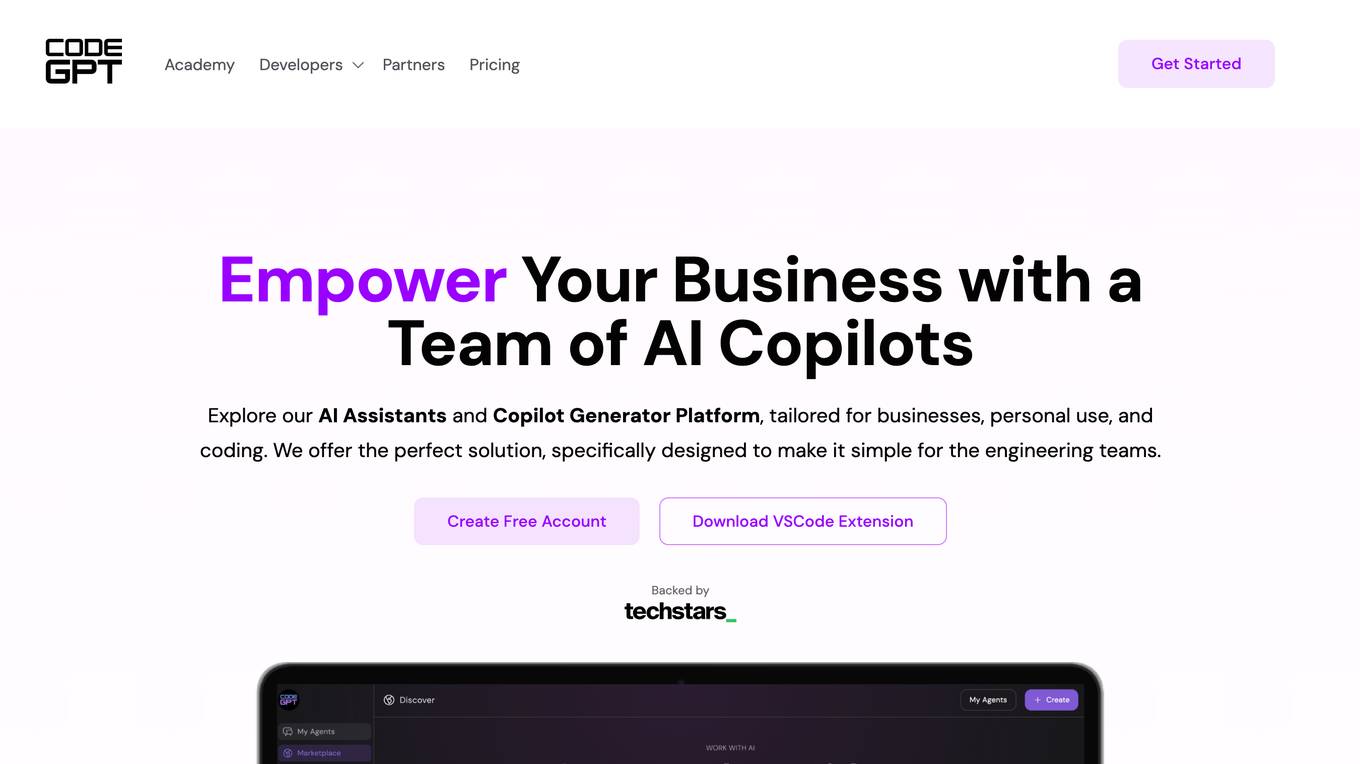
CodeGPT
CodeGPT is a comprehensive AI-powered platform that provides a suite of tools and services designed to enhance business operations and streamline coding processes. It offers a range of AI assistants, known as Copilots, Agents, or GPTs, that can be customized and integrated into various applications. These AI assistants can automate tasks, generate content, provide insights, and assist with coding, among other functions. CodeGPT also features a marketplace where users can explore and discover a wide selection of pre-built AI assistants tailored to specific tasks and industries. Additionally, the platform offers an API for advanced users to integrate AI capabilities into their own custom projects. With its focus on customization, flexibility, and ease of use, CodeGPT empowers businesses and individuals to leverage AI technology to improve efficiency, productivity, and innovation.
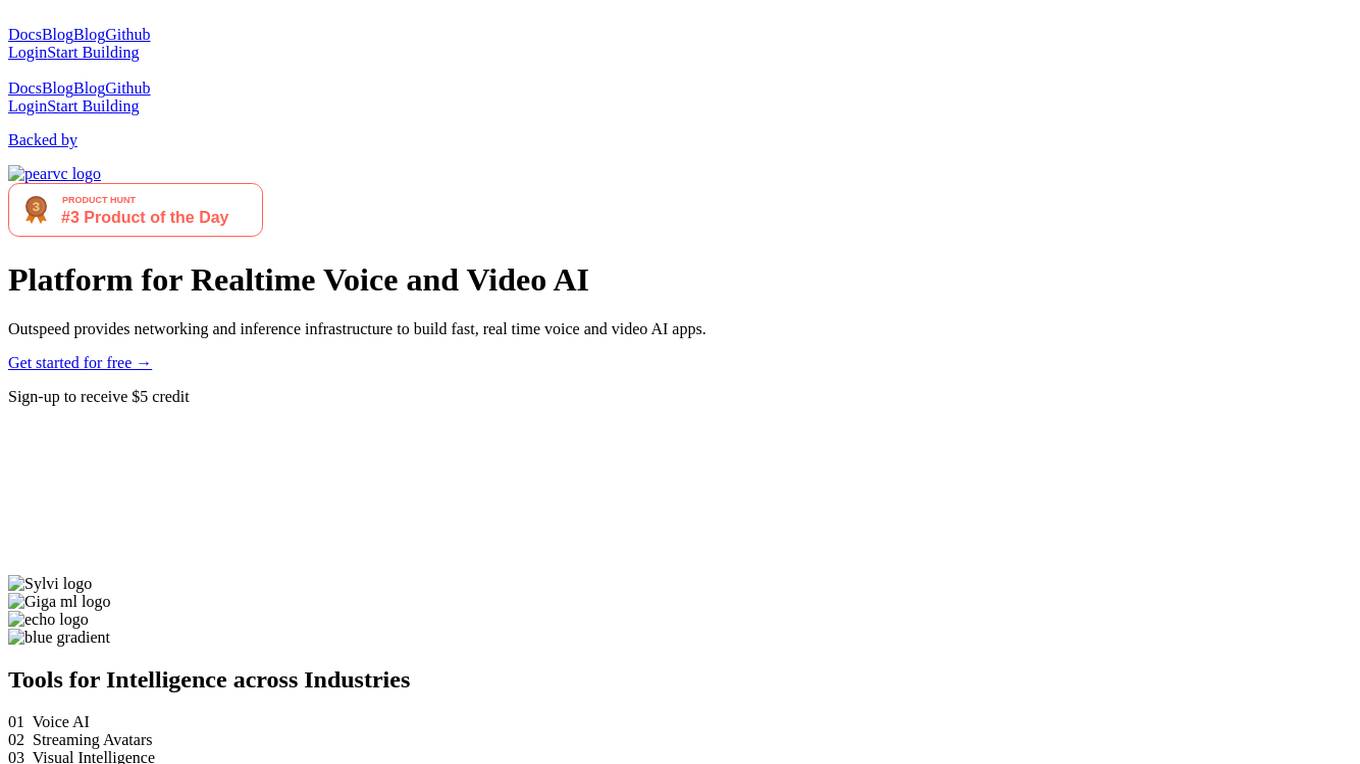
Outspeed
Outspeed is a platform for Realtime Voice and Video AI applications, providing networking and inference infrastructure to build fast, real-time voice and video AI apps. It offers tools for intelligence across industries, including Voice AI, Streaming Avatars, Visual Intelligence, Meeting Copilot, and the ability to build custom multimodal AI solutions. Outspeed is designed by engineers from Google and MIT, offering robust streaming infrastructure, low-latency inference, instant deployment, and enterprise-ready compliance with regulations such as SOC2, GDPR, and HIPAA.
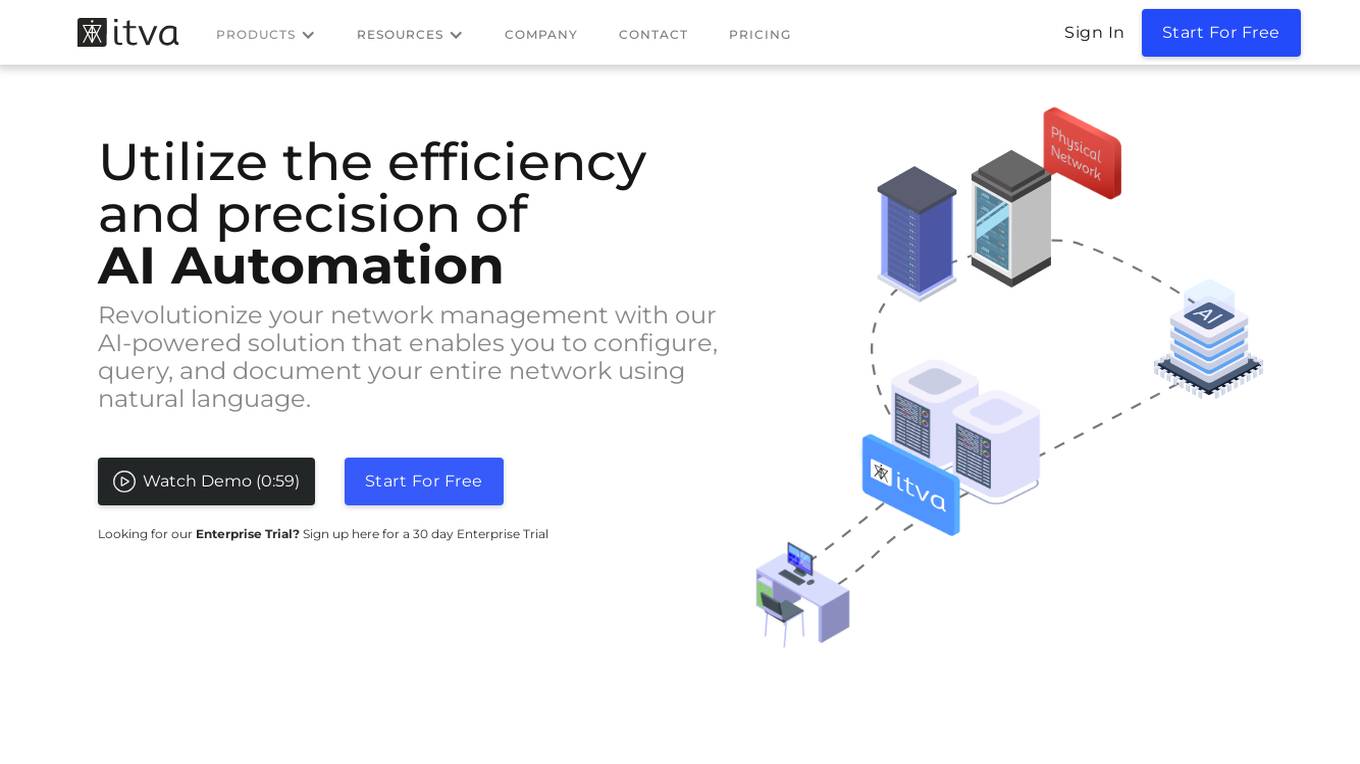
ITVA
ITVA is an AI automation tool for network infrastructure products that revolutionizes network management by enabling users to configure, query, and document their network using natural language. It offers features such as rapid configuration deployment, network diagnostics acceleration, automated diagram generation, and modernized IP address management. ITVA's unique solution securely connects to networks, combining real-time data with a proprietary dataset curated by veteran engineers. The tool ensures unparalleled accuracy and insights through its real-time data pipeline and on-demand dynamic analysis capabilities.
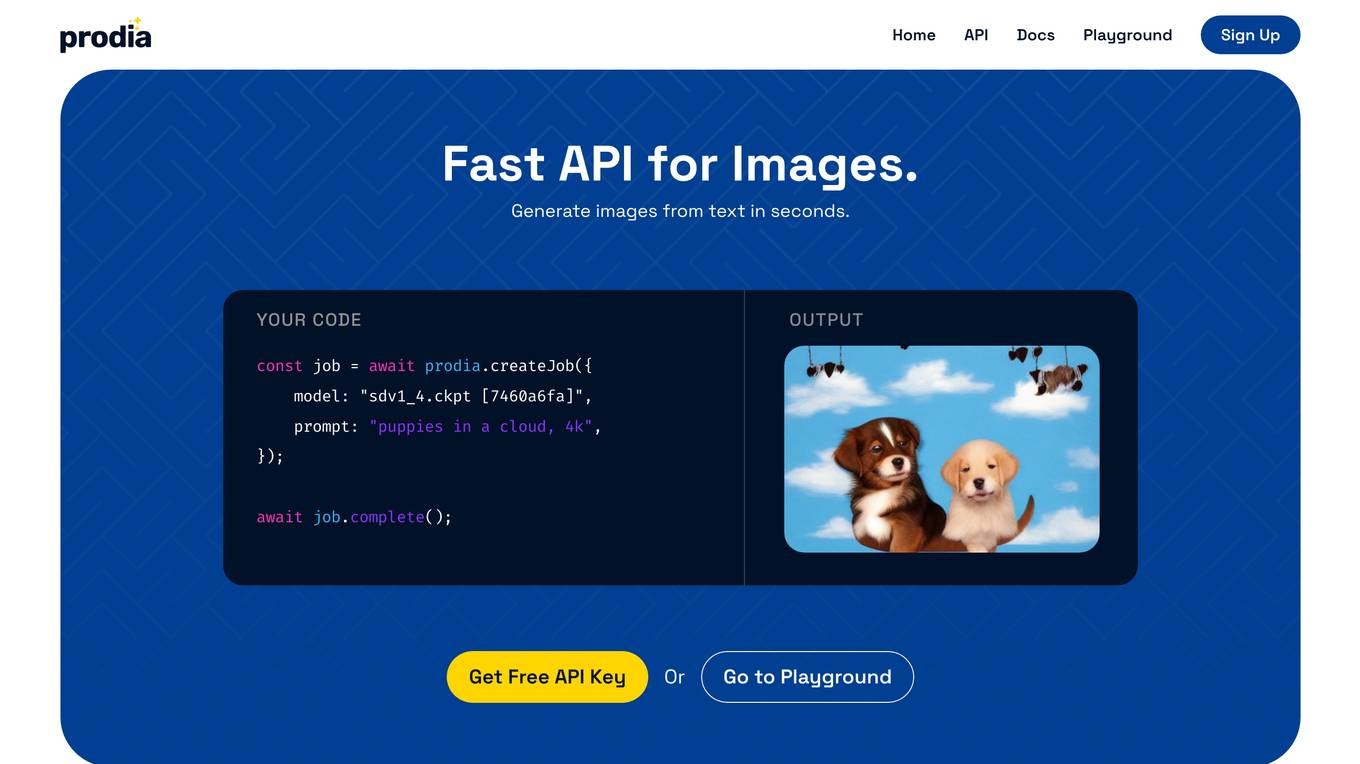
Prodia
Prodia is an API for generating images from text. It is fast, affordable, and scalable. With Prodia, you can create stunning visuals for your projects in seconds. Prodia is perfect for developers, designers, and anyone else who wants to add AI-powered image generation to their applications.
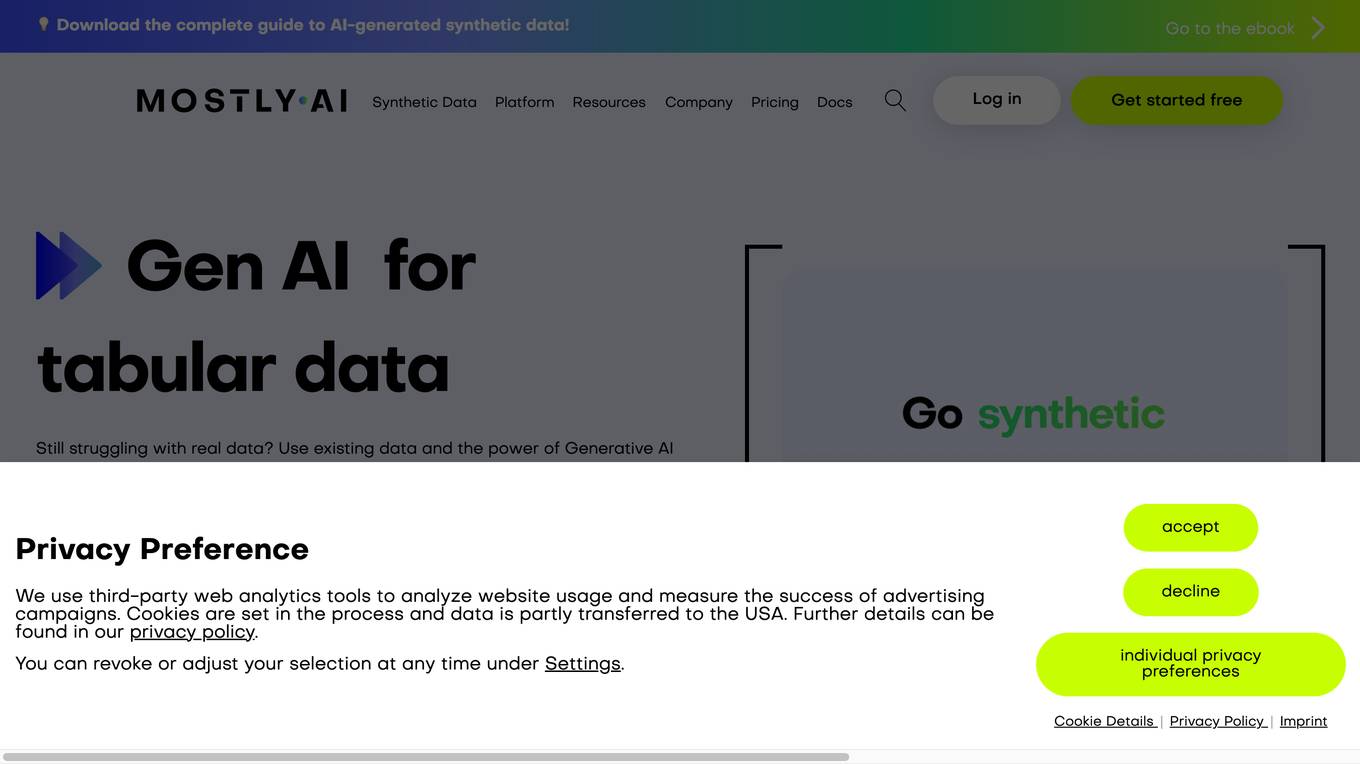
MOSTLY AI Platform
The website offers a Synthetic Data Generation platform with the highest accuracy for free. It provides detailed information on synthetic data, data anonymization, and features a Python Client for data generation. The platform ensures privacy and security, allowing users to create fully anonymous synthetic data from original data. It supports various AI/ML use cases, self-service analytics, testing & QA, and data sharing. The platform is designed for Enterprise organizations, offering scalability, privacy by design, and the world's most accurate synthetic data.
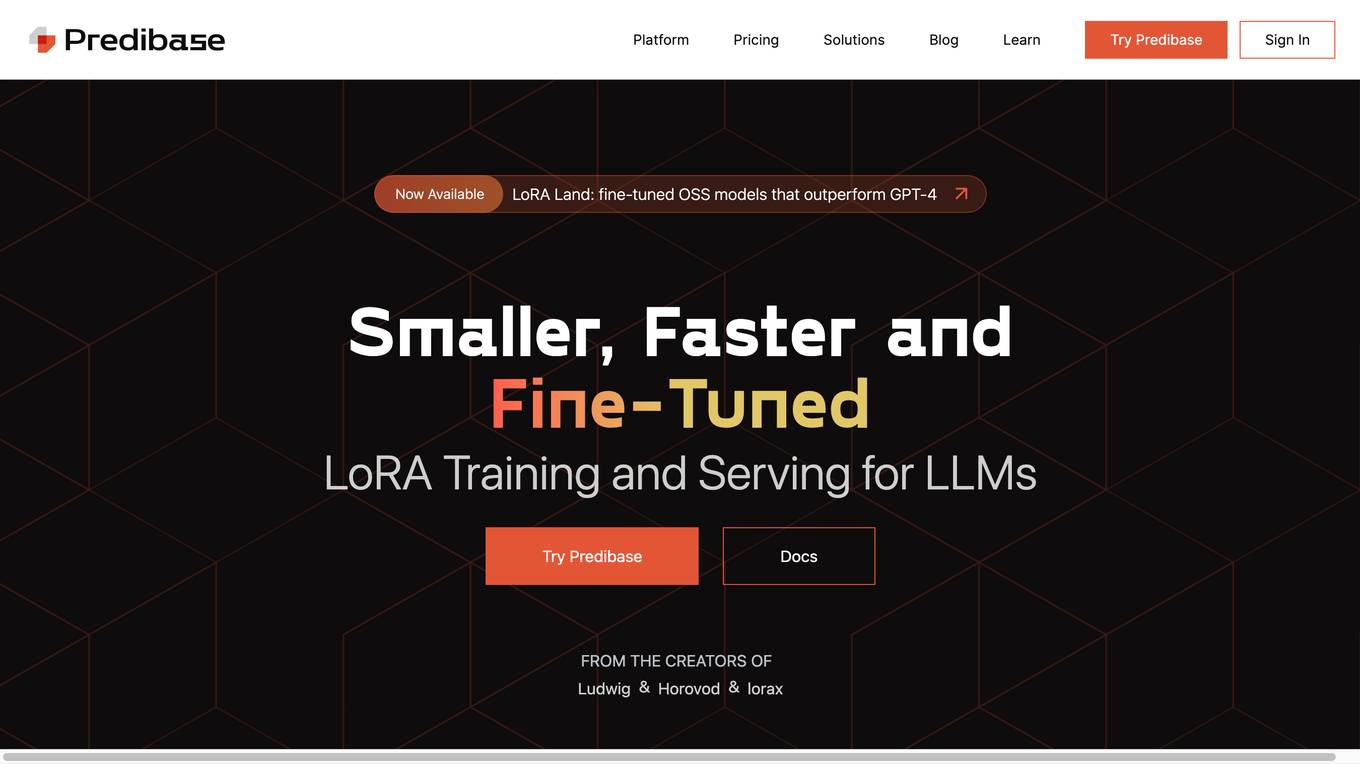
Predibase
Predibase is a platform for fine-tuning and serving Large Language Models (LLMs). It provides a cost-effective and efficient way to train and deploy LLMs for a variety of tasks, including classification, information extraction, customer sentiment analysis, customer support, code generation, and named entity recognition. Predibase is built on proven open-source technology, including LoRAX, Ludwig, and Horovod.
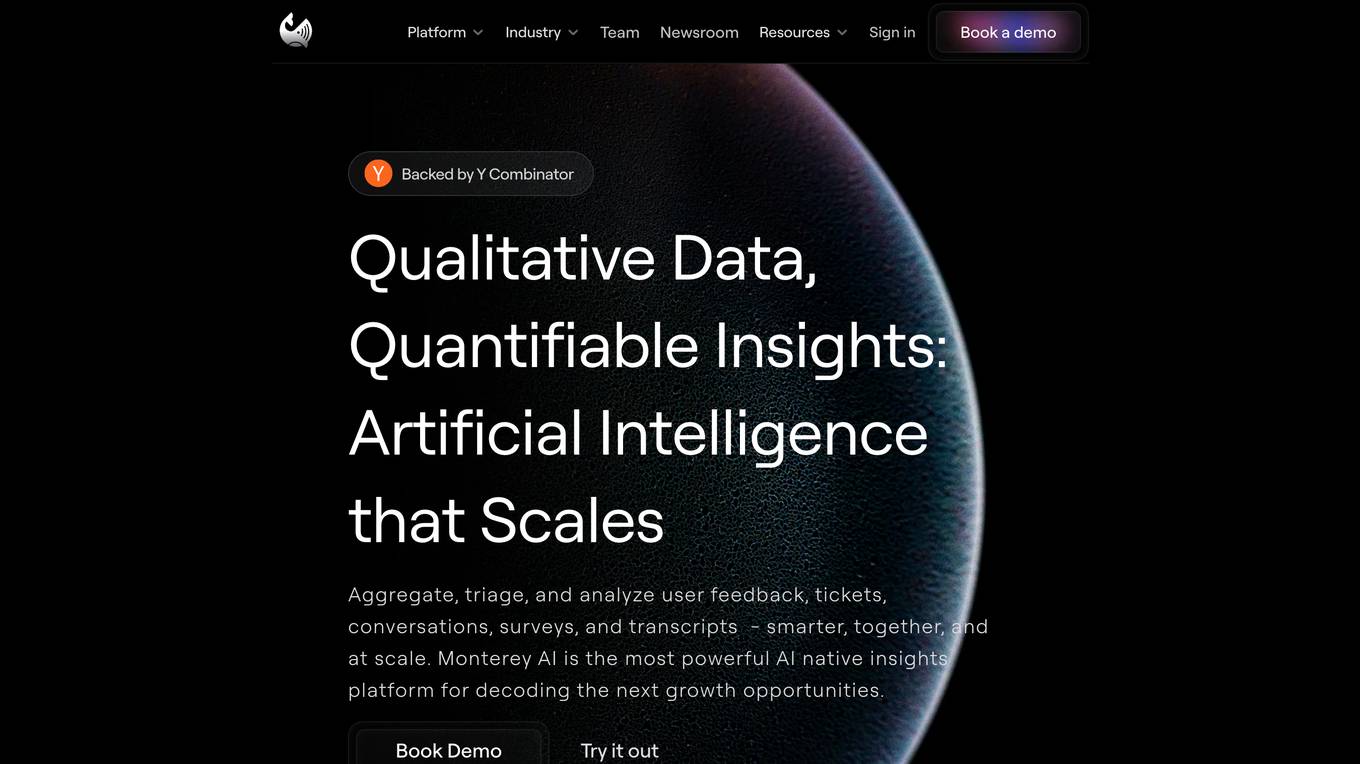
Monterey AI
Monterey AI is an AI-powered insights platform that helps businesses understand their customers' needs and build better products. It aggregates, triages, and analyzes user feedback, tickets, conversations, surveys, and transcripts to provide businesses with real-time insights into what their customers are saying and what they want. Monterey AI is used by businesses of all sizes, from startups to Fortune 20 companies, to improve their product development process and build better products that meet the needs of their customers.
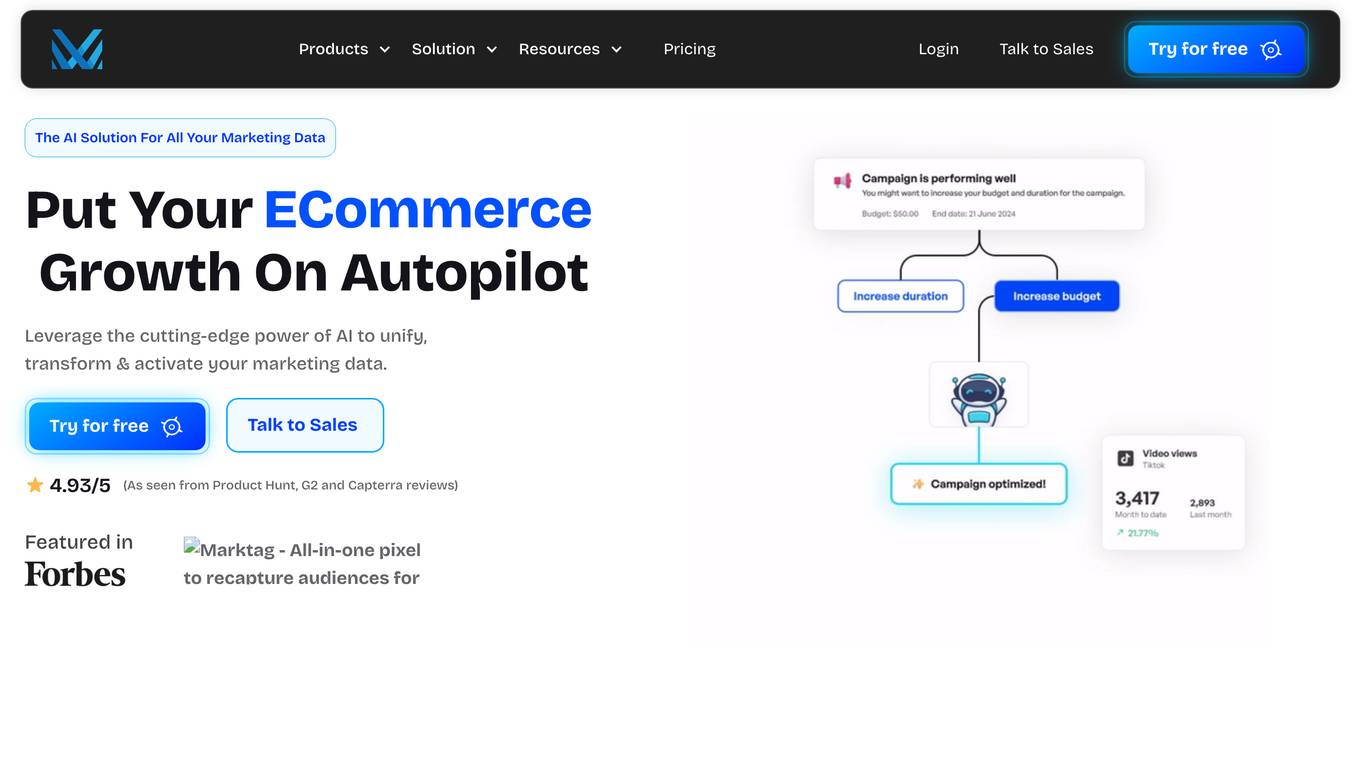
Markopolo
Markopolo is an e-commerce growth platform that helps businesses increase sales, improve ad efficiency, and enhance marketing outcomes. It offers a range of solutions for agencies, e-commerce businesses, and enterprises, including data unification, analytics, ad optimization, and reporting. Markopolo leverages AI to provide precise targeting, optimization, advanced attribution, and seamless automation, enabling businesses to maximize their marketing ROI.
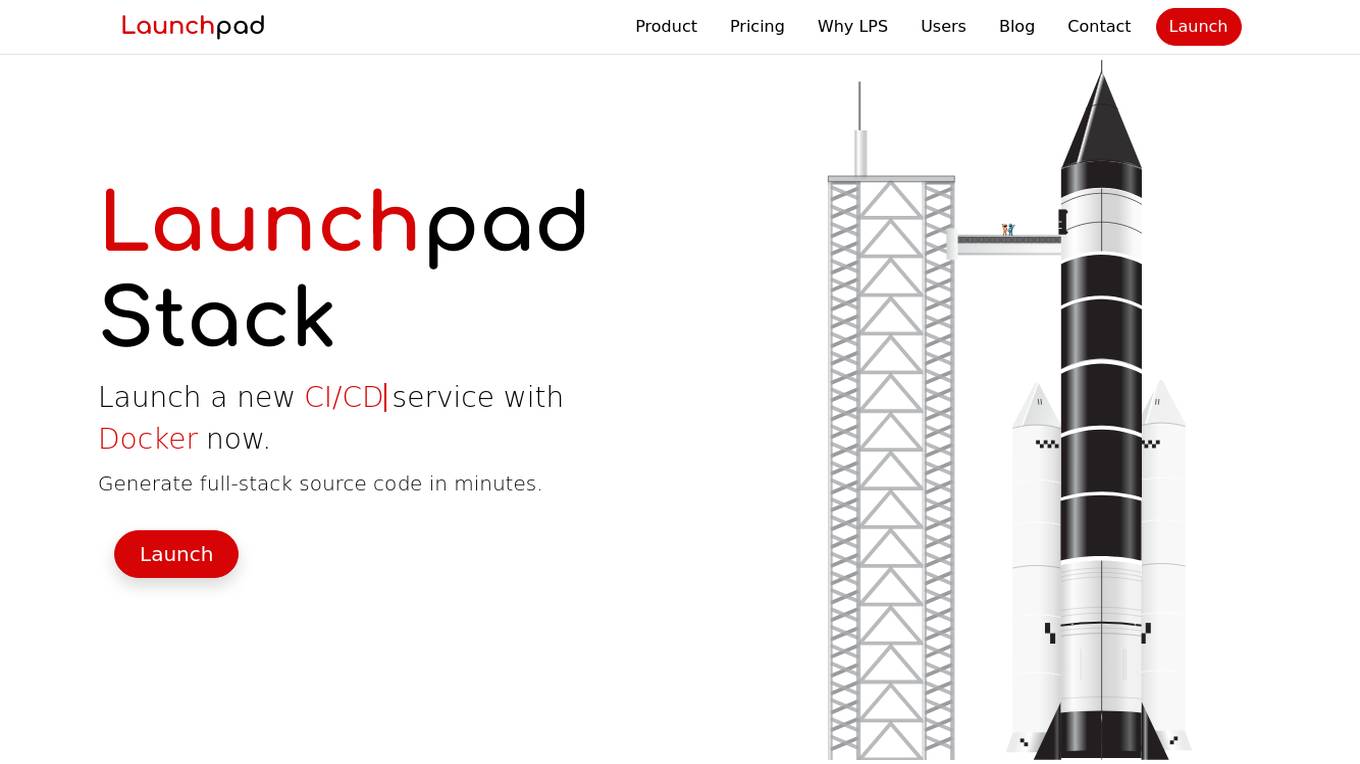
Launchpad Stack
Launchpad Stack is an AI-powered platform that allows users to quickly launch new Rails services with AWS. It generates full-stack source code in minutes, covering infrastructure, application, CI/CD pipeline, monitoring, security, and more. The platform offers a suite of inter-operable code packages tailored to the user's project requirements, with no restrictive licenses. Users can launch enterprise-grade stacks in minutes, pay once for the components they need, and enjoy ongoing support for their projects.
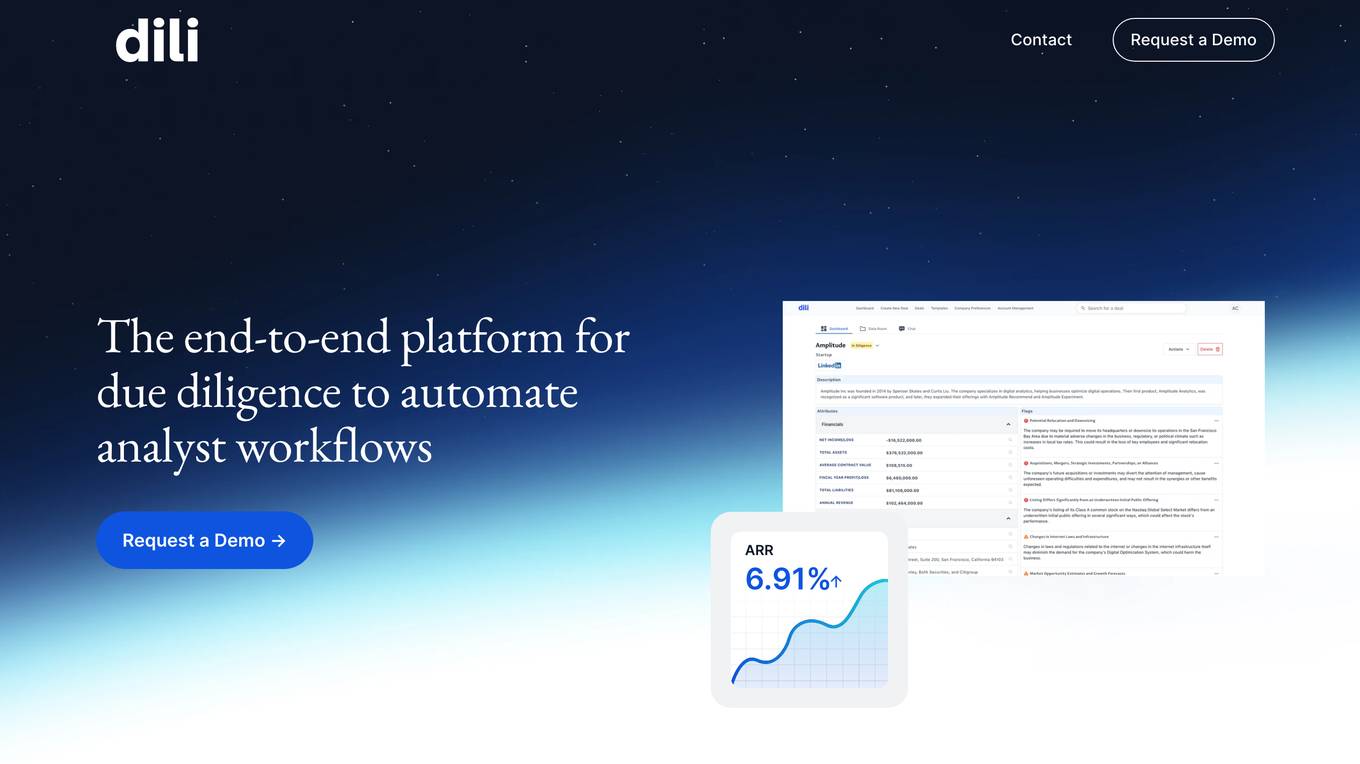
Dili
Dili is a prevailing wage and apprenticeship compliance solution that simplifies regulatory requirements for projects. It ensures compliance with PWA regulations, Davis Bacon, and state-specific labor requirements. Trusted by major industries like energy, construction, and infrastructure, Dili offers real-time wage validation, automated tracking, and instant compliance reports to help businesses avoid penalties and maximize federal funding value.
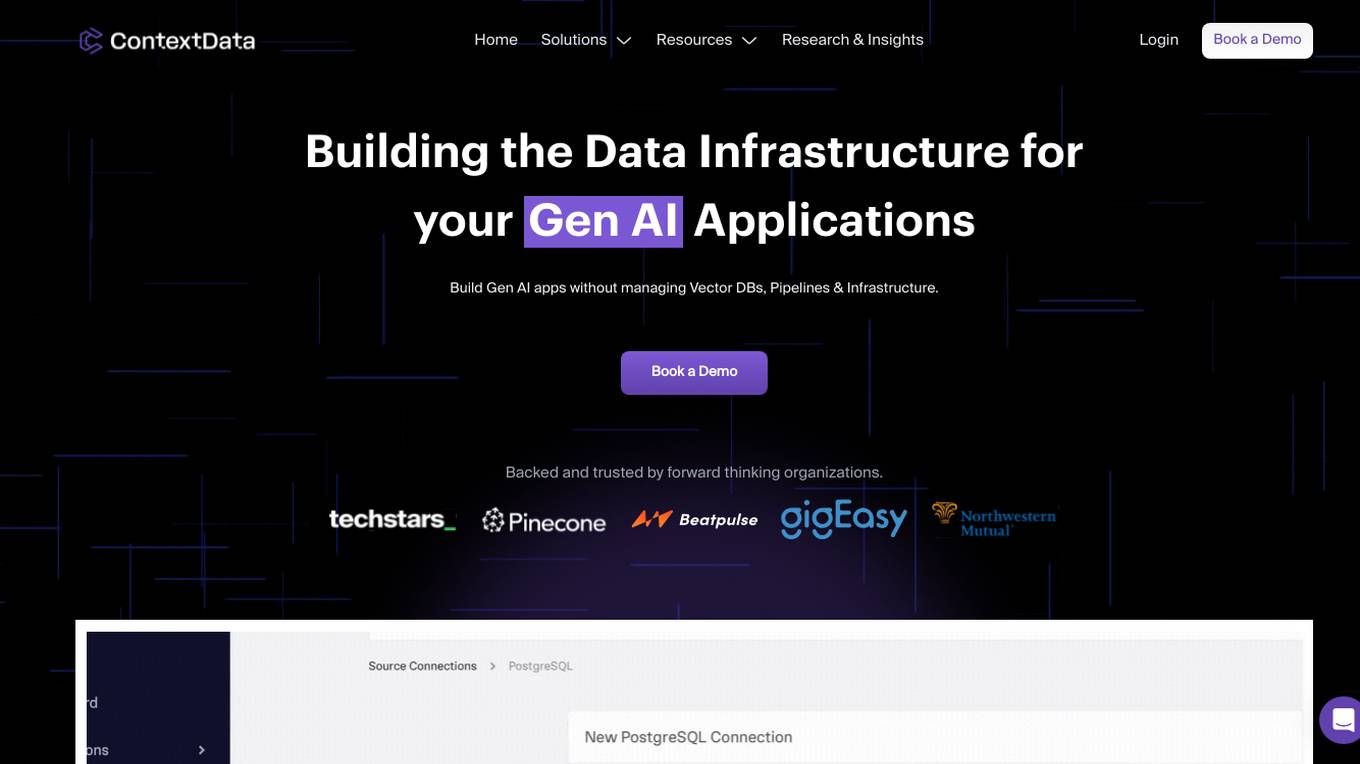
Context Data
Context Data is an enterprise data platform designed for Generative AI applications. It enables organizations to build AI apps without the need to manage vector databases, pipelines, and infrastructure. The platform empowers AI teams to create mission-critical applications by simplifying the process of building and managing complex workflows. Context Data also provides real-time data processing capabilities and seamless vector data processing. It offers features such as data catalog ontology, semantic transformations, and the ability to connect to major vector databases. The platform is ideal for industries like financial services, healthcare, real estate, and shipping & supply chain.
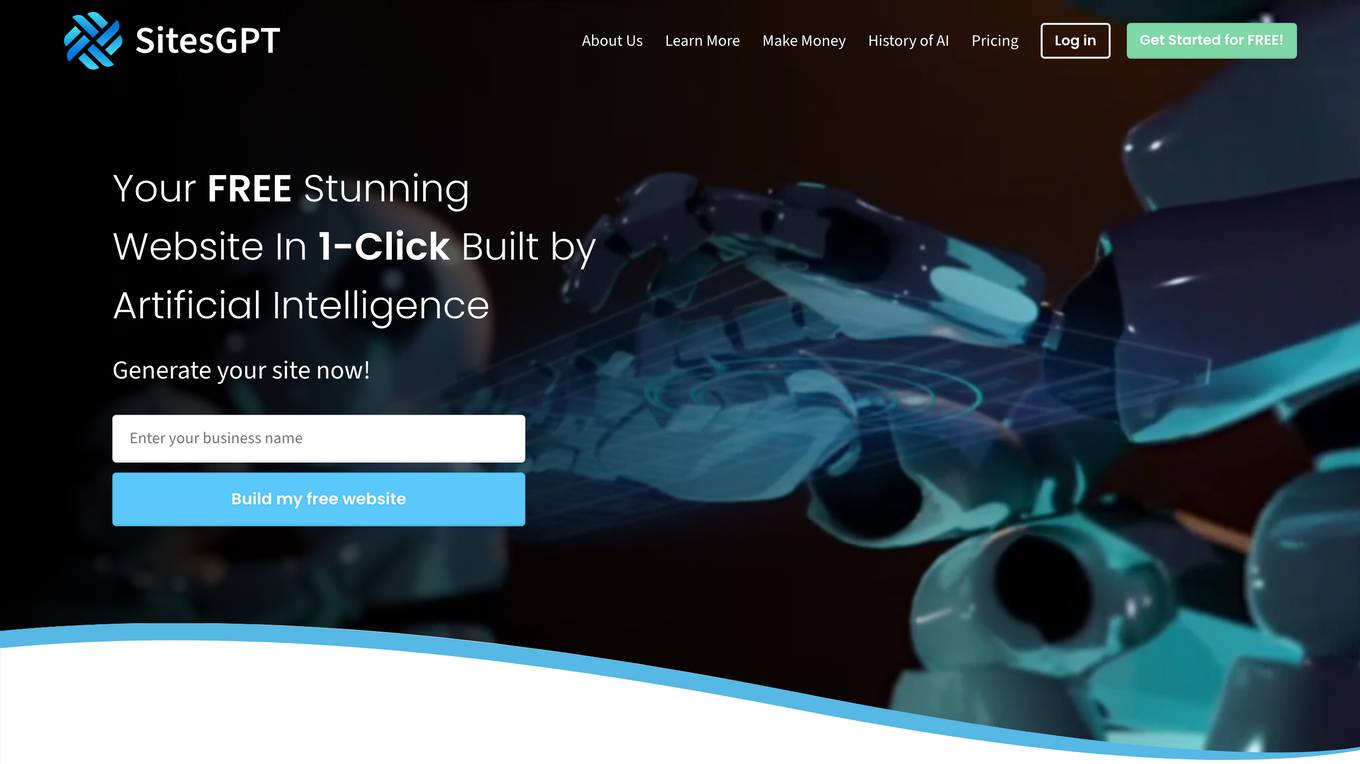
SitesGPT
SitesGPT is a premier AI Website Builder that leverages Artificial Intelligence (AI) technology to revolutionize website creation. It offers a user-friendly platform where individuals and businesses can effortlessly build dynamic, responsive websites with just a few clicks. With features like mobile optimization, unparalleled flexibility, zero cost to start, robust cloud infrastructure, and round-the-clock operation, SitesGPT stands out as a cost-effective and efficient solution for website development. The fusion of AI and website building not only enhances speed and efficiency but also ensures scalability and customization, making professional website creation accessible to a broader audience.
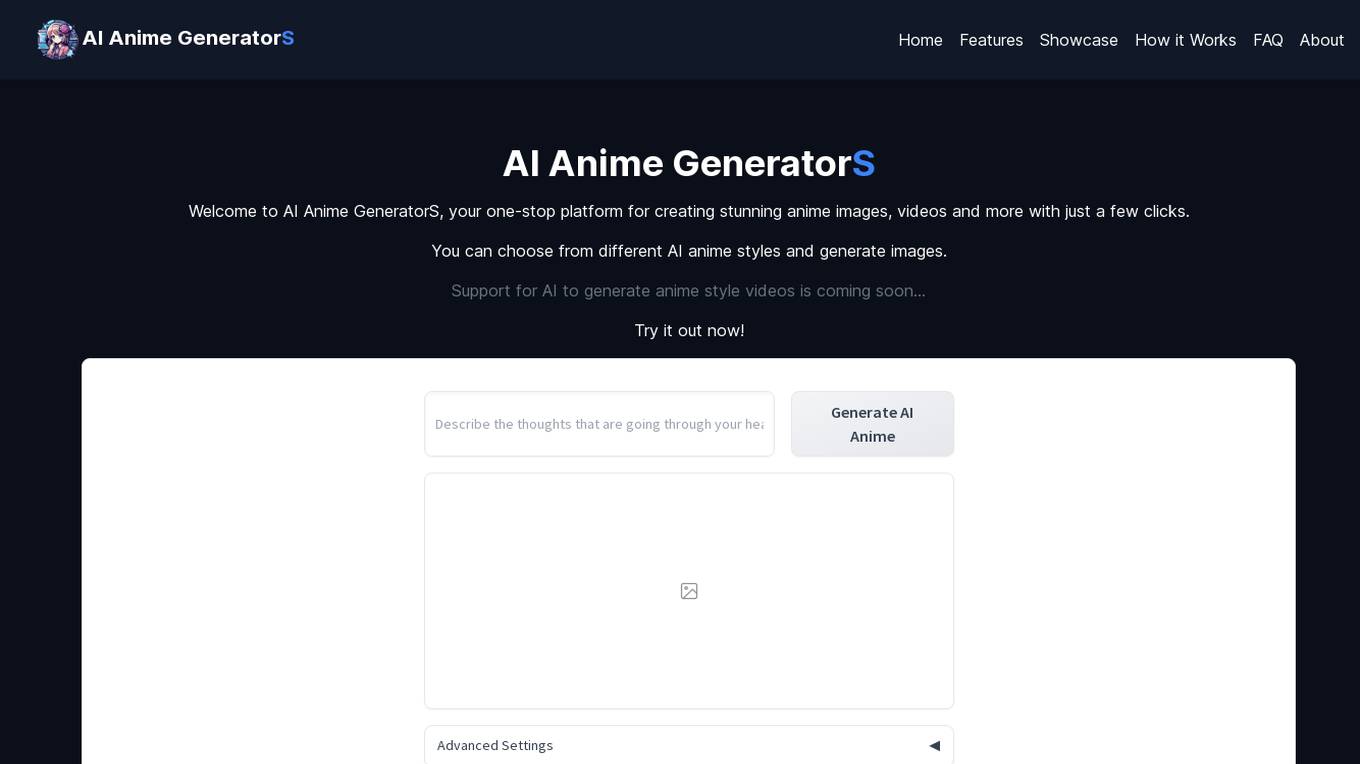
AI Anime Generator S
AI Anime Generator S is a free platform that utilizes state-of-the-art AI models to generate stunning anime images and videos. The user-friendly interface allows both beginners and professionals to easily create anime-style content. With fast processing capabilities, users can quickly generate and customize images to share on social media. The tool is optimized for performance, leveraging advanced machine learning algorithms and computing infrastructure to deliver high-quality results. While basic features are free, advanced options will be available through a premium plan in the future.
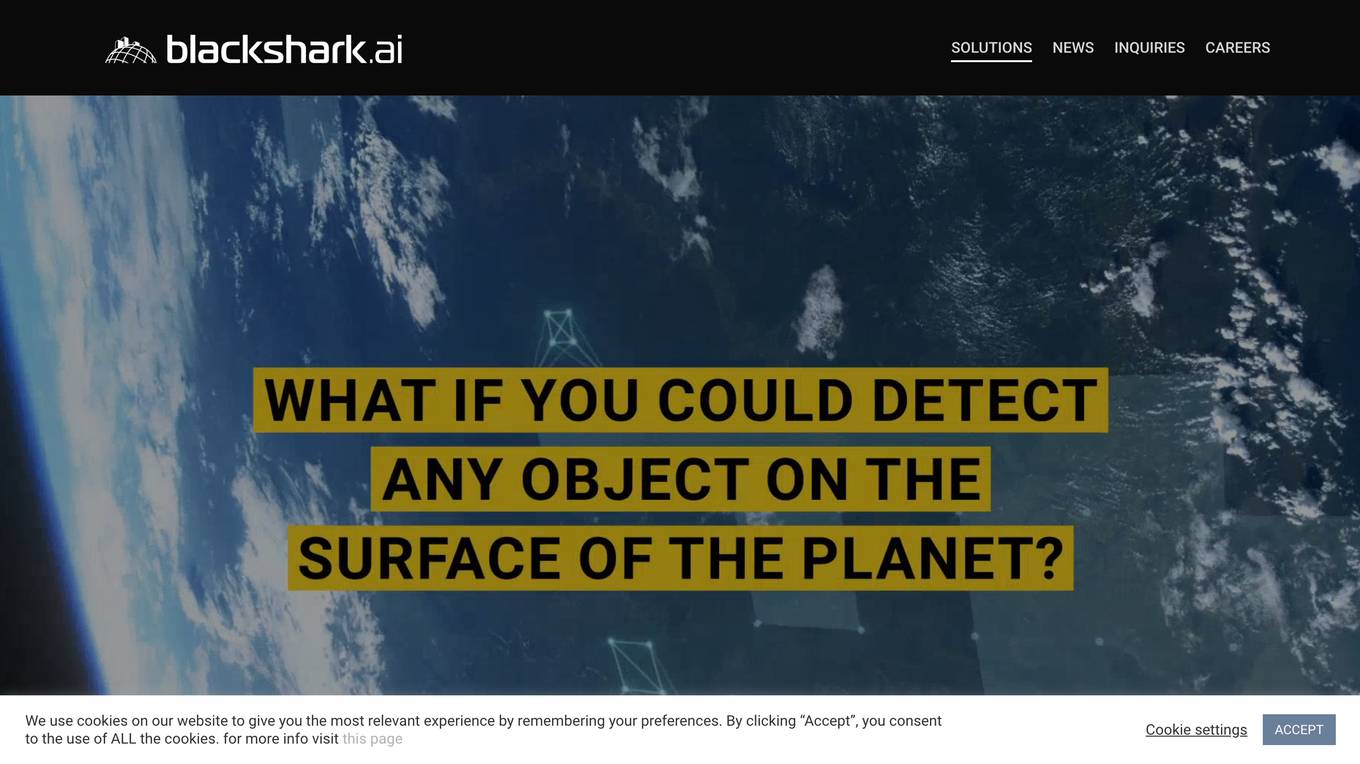
Blackshark.ai
Blackshark.ai is an AI-based platform that generates real-time accurate semantic photorealistic 3D digital twin of the entire planet. The platform extracts insights about the planet's infrastructure from satellite and aerial imagery via machine learning at a global scale. It enriches missing attributes using AI to provide a photorealistic, geo-typical, or asset-specific digital twin. The results can be used for visualization, simulation, mapping, mixed reality environments, and other enterprise solutions. The platform offers end-to-end geospatial solutions, including globe data input sources, no-code data labeling, geointelligence at scale, 3D semantic map, and synthetic environments.
1 - Open Source AI Tools
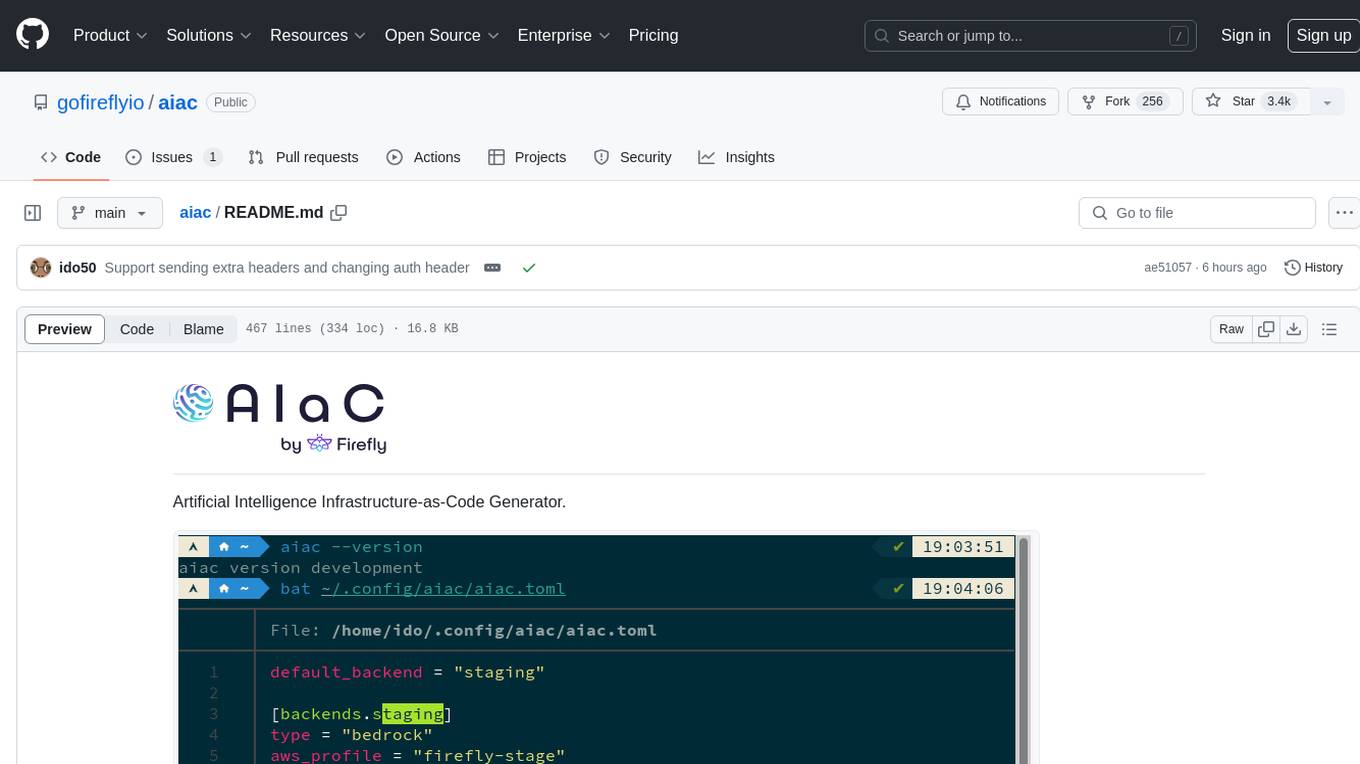
aiac
AIAC is a library and command line tool to generate Infrastructure as Code (IaC) templates, configurations, utilities, queries, and more via LLM providers such as OpenAI, Amazon Bedrock, and Ollama. Users can define multiple 'backends' targeting different LLM providers and environments using a simple configuration file. The tool allows users to ask a model to generate templates for different scenarios and composes an appropriate request to the selected provider, storing the resulting code to a file and/or printing it to standard output.
20 - OpenAI Gpts
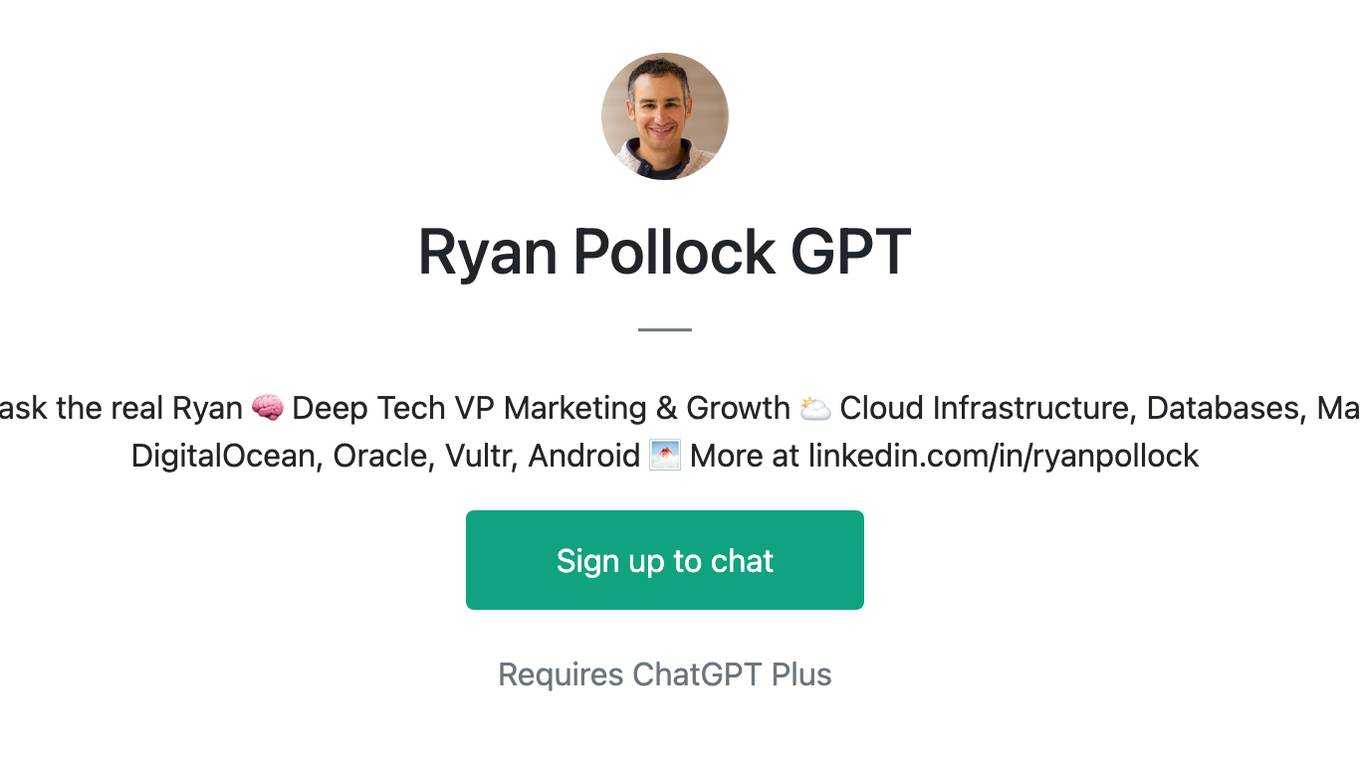
Ryan Pollock GPT
🤖 AMAIA: ask Ryan's AI anything you'd ask the real Ryan 🧠 Deep Tech VP Marketing & Growth 🌥 Cloud Infrastructure, Databases, Machine Learning, APIs 🤖 Google Cloud, DigitalOcean, Oracle, Vultr, Android 🌁 More at linkedin.com/in/ryanpollock
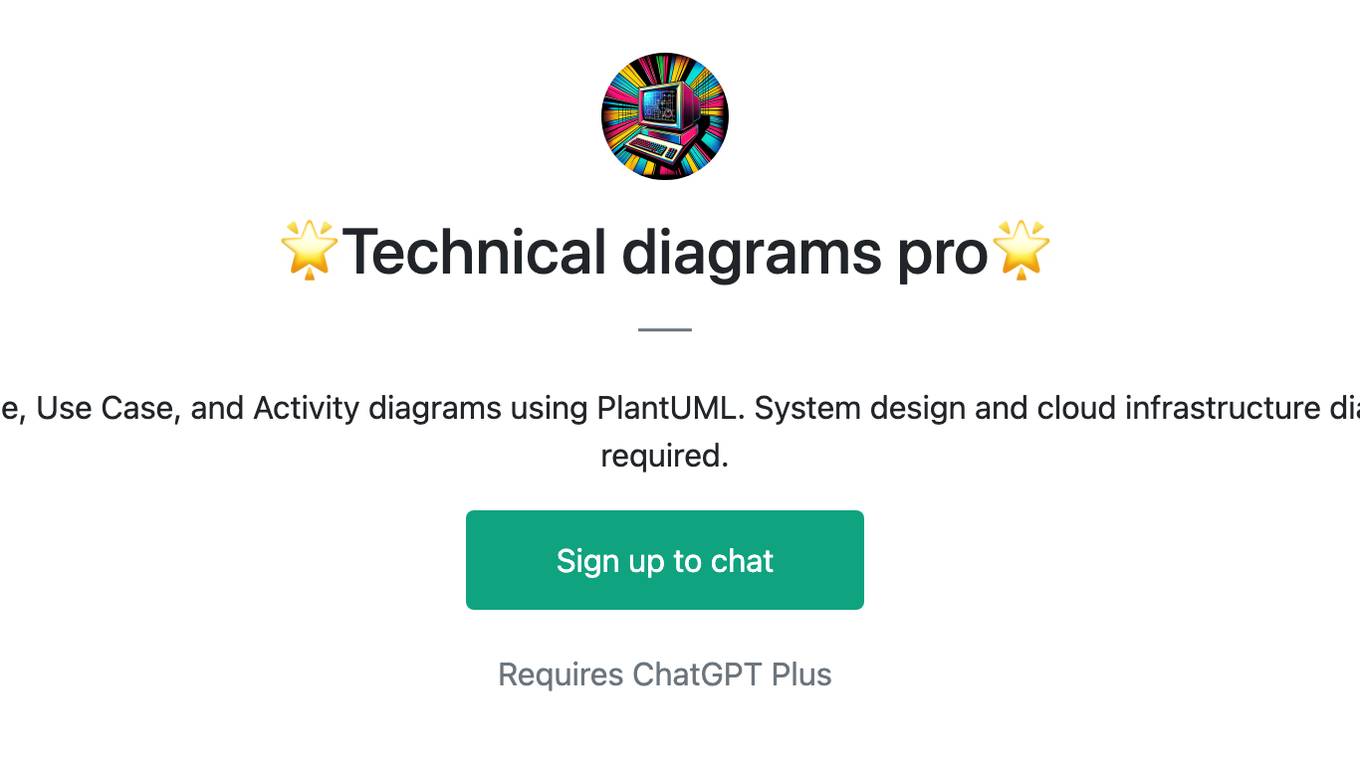
🌟Technical diagrams pro🌟
Create UML for flowcharts, Class, Sequence, Use Case, and Activity diagrams using PlantUML. System design and cloud infrastructure diagrams for AWS, Azue and GCP. No login required.

Securia
AI-powered audit ally. Enhance cybersecurity effortlessly with intelligent, automated security analysis. Safe, swift, and smart.
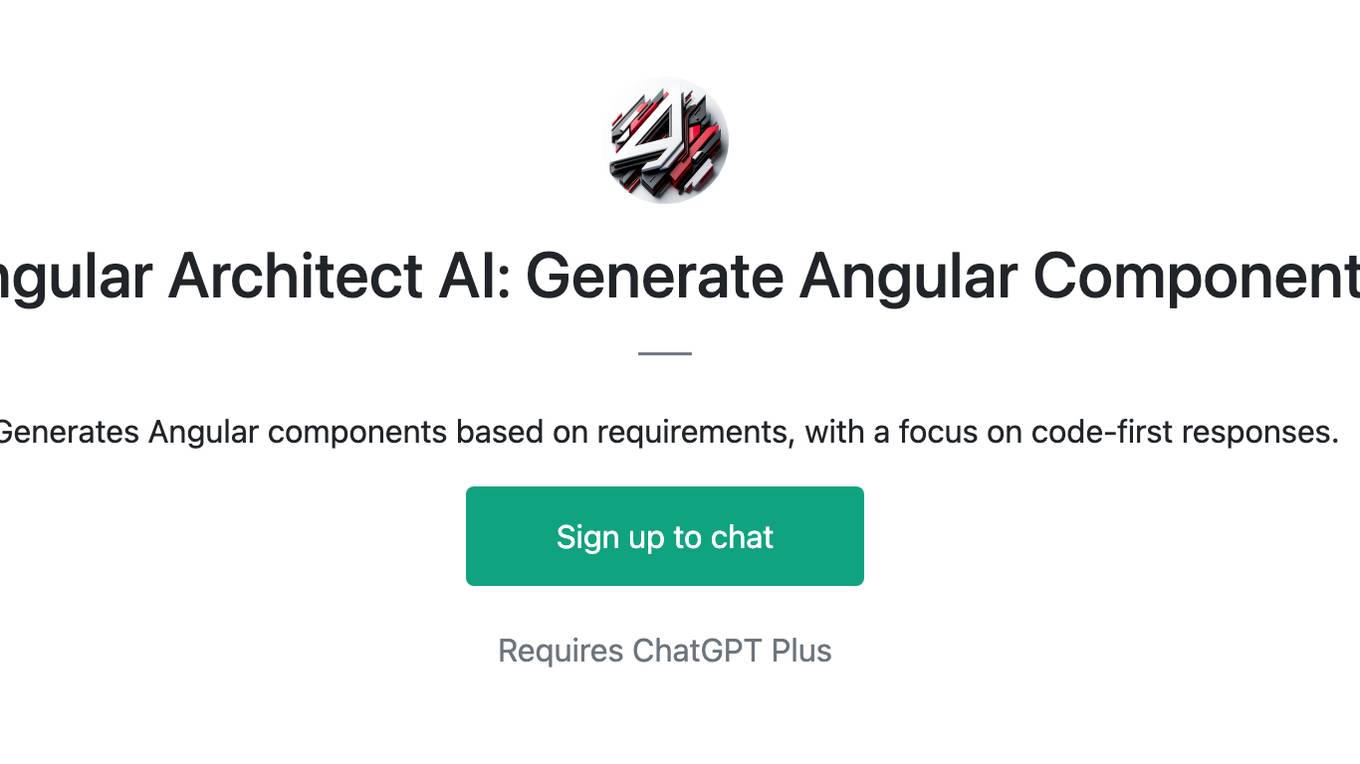
Angular Architect AI: Generate Angular Components
Generates Angular components based on requirements, with a focus on code-first responses.
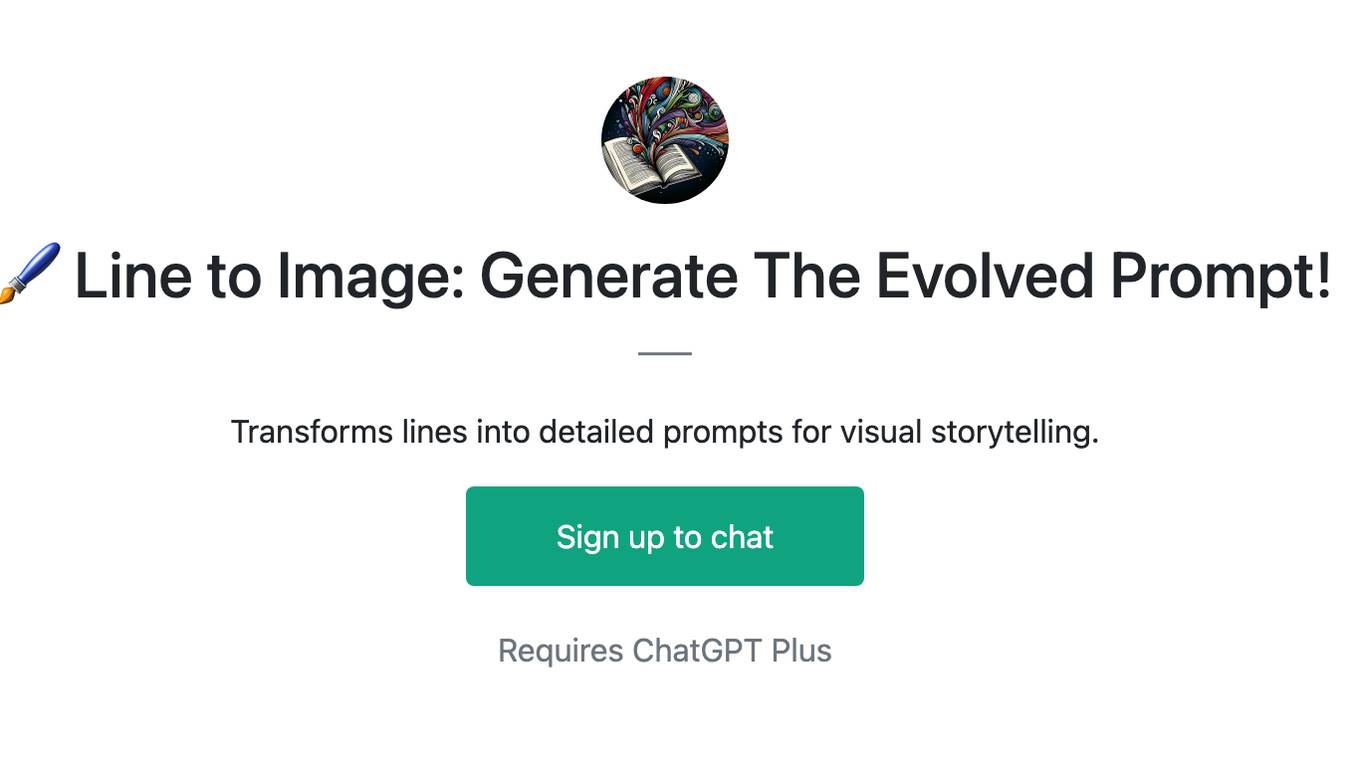
🖌️ Line to Image: Generate The Evolved Prompt!
Transforms lines into detailed prompts for visual storytelling.
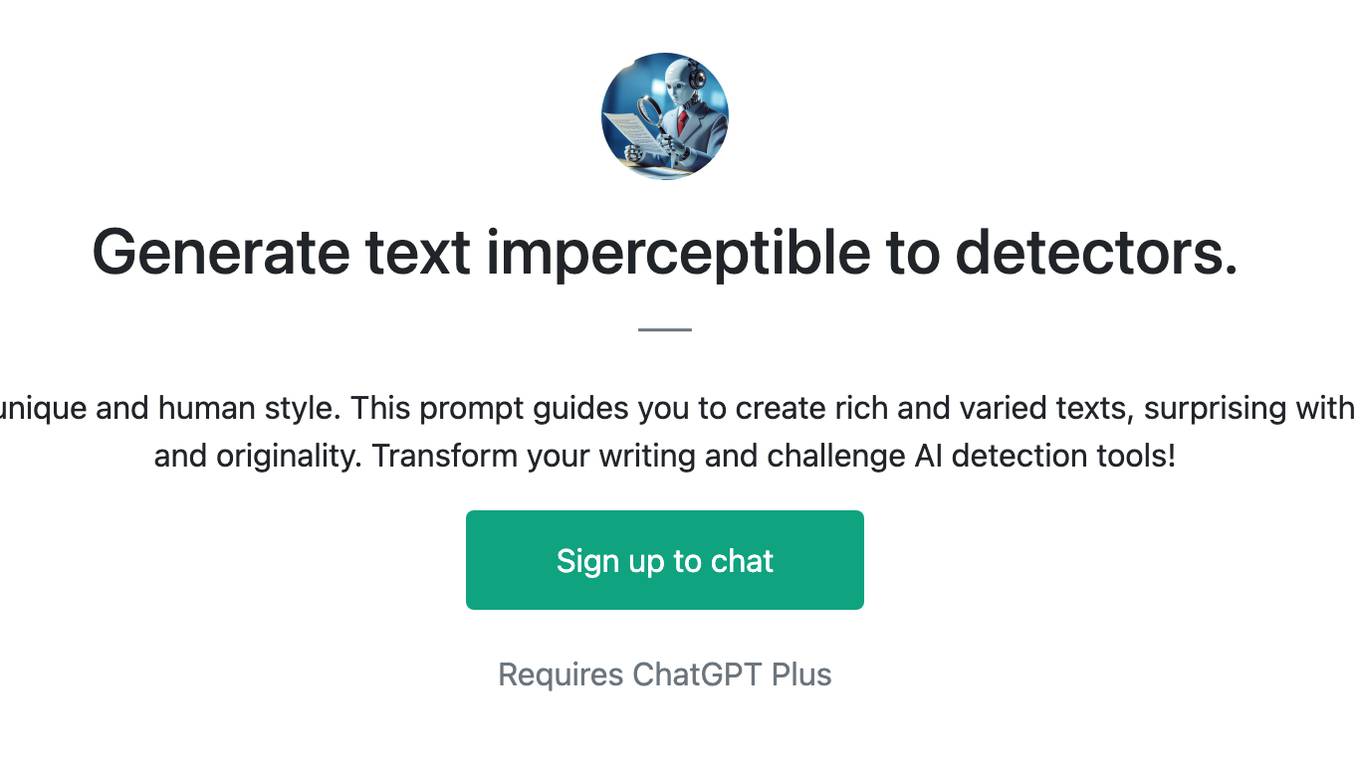
Generate text imperceptible to detectors.
Discover how your writing can shine with a unique and human style. This prompt guides you to create rich and varied texts, surprising with original twists and maintaining coherence and originality. Transform your writing and challenge AI detection tools!
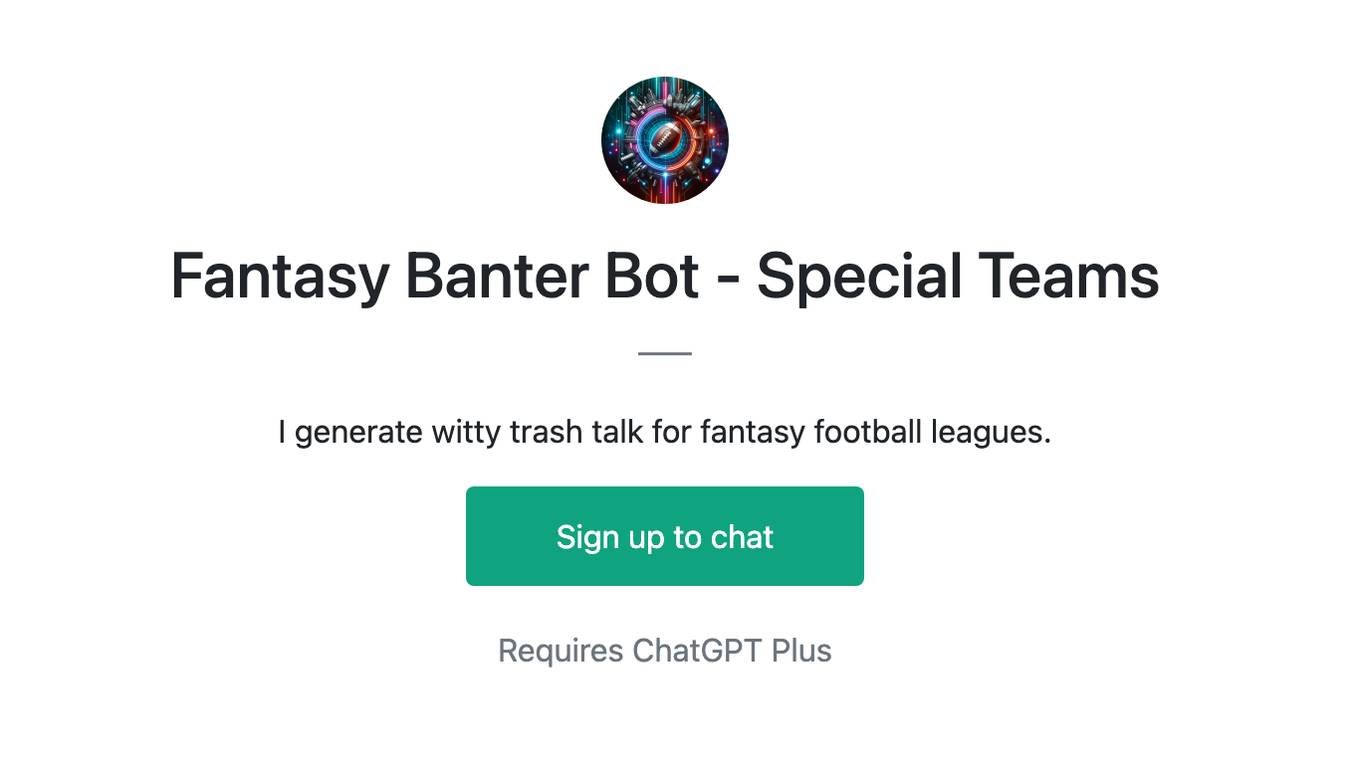
Fantasy Banter Bot - Special Teams
I generate witty trash talk for fantasy football leagues.
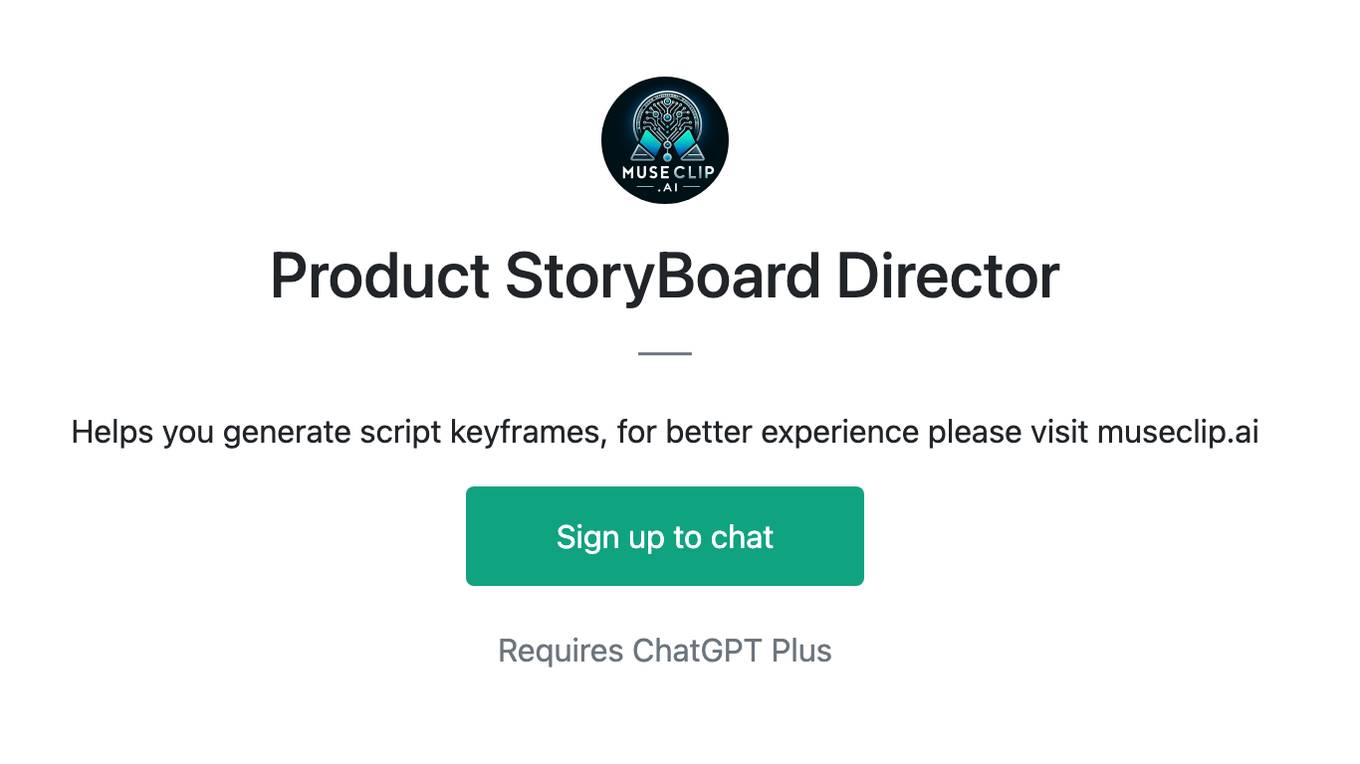
Product StoryBoard Director
Helps you generate script keyframes, for better experience please visit museclip.ai
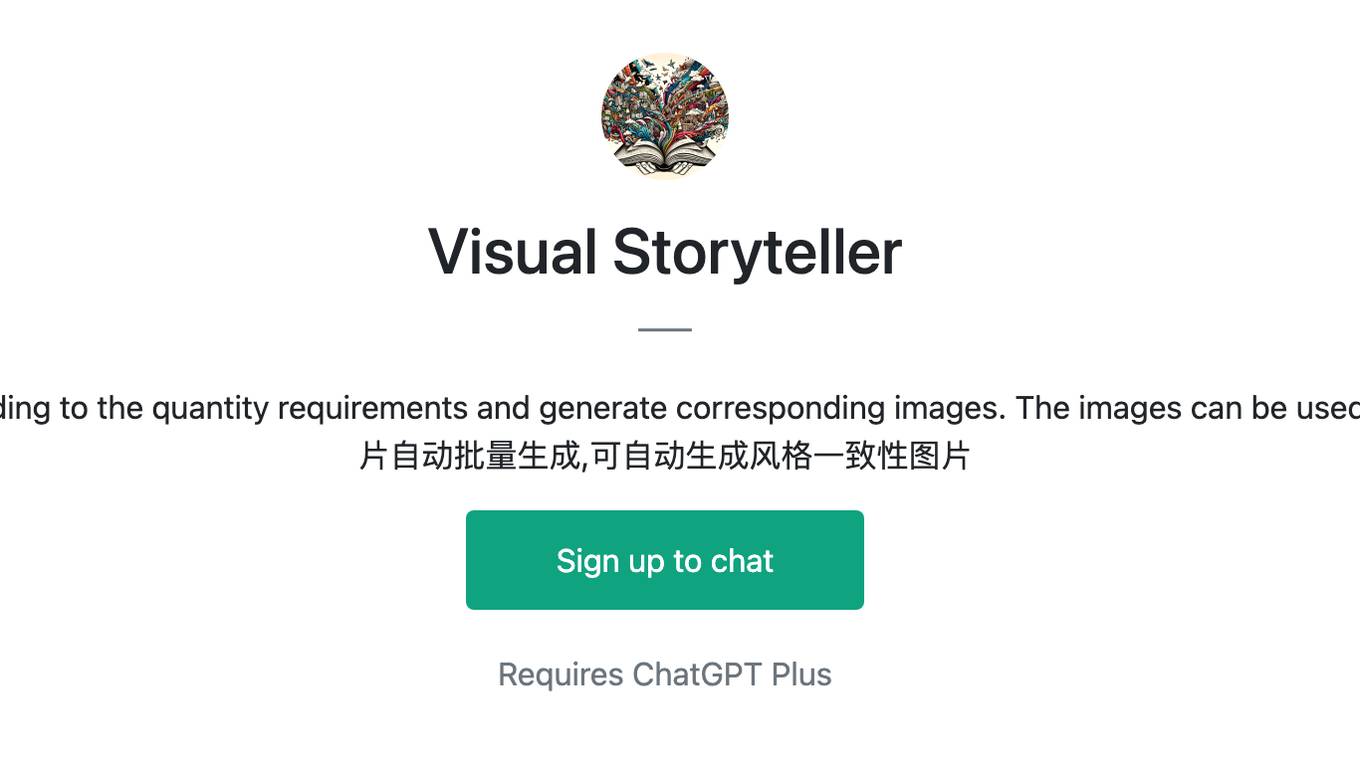
Visual Storyteller
Extract the essence of the novel story according to the quantity requirements and generate corresponding images. The images can be used directly to create novel videos.小说推文图片自动批量生成,可自动生成风格一致性图片
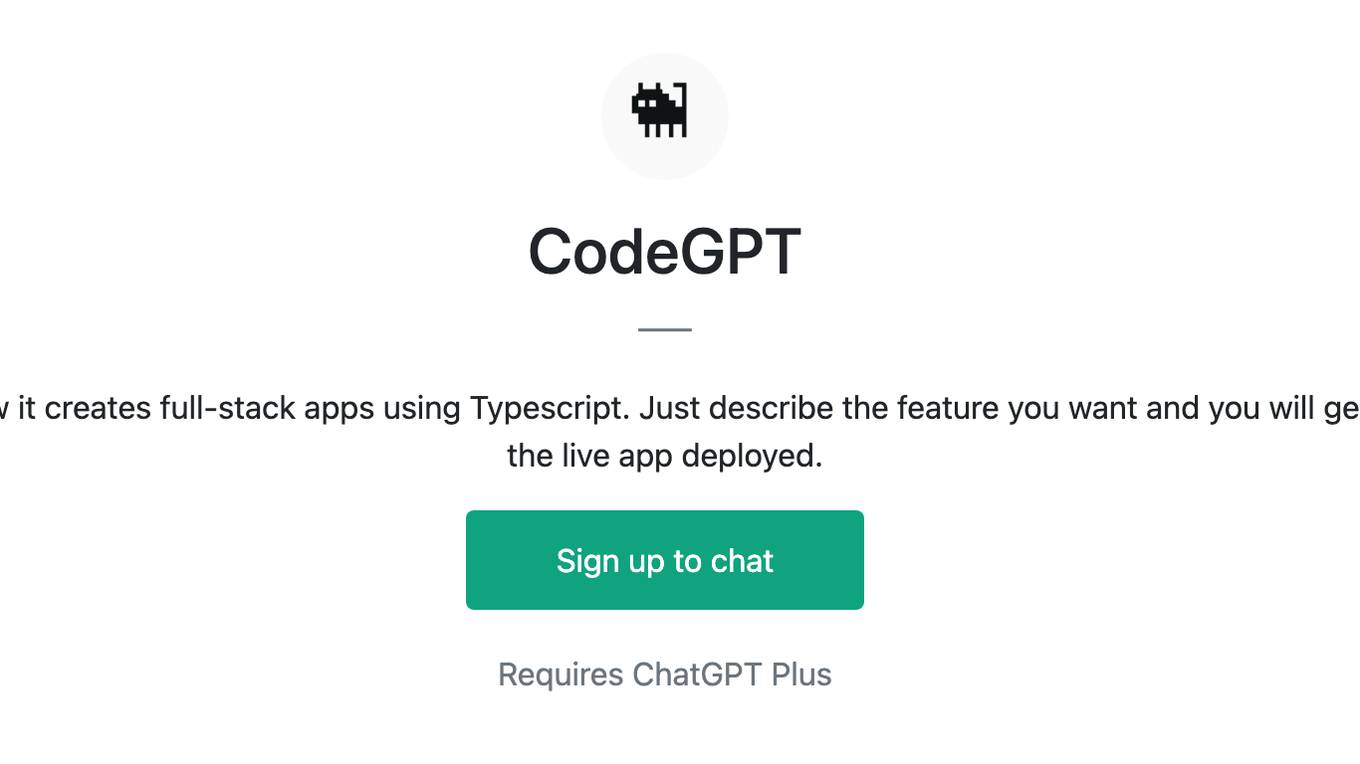
CodeGPT
This GPT can generate code for you. For now it creates full-stack apps using Typescript. Just describe the feature you want and you will get a link to the Github code pull request and the live app deployed.
